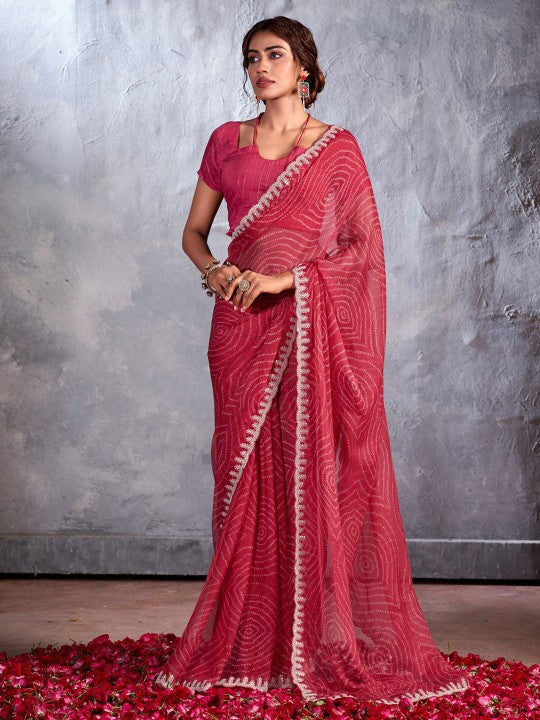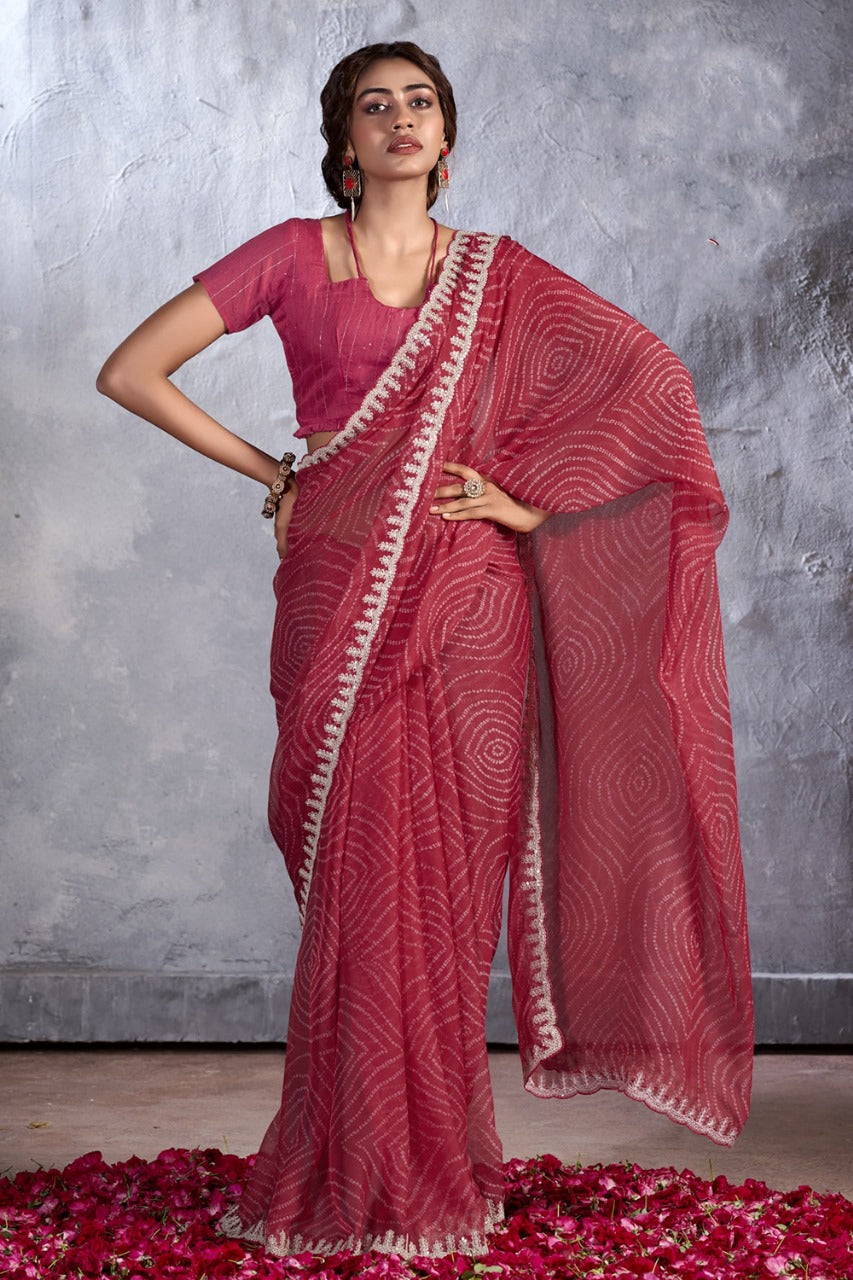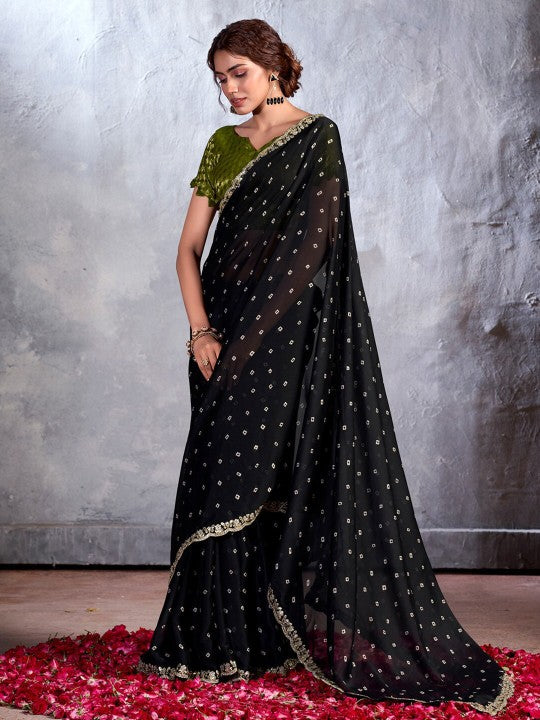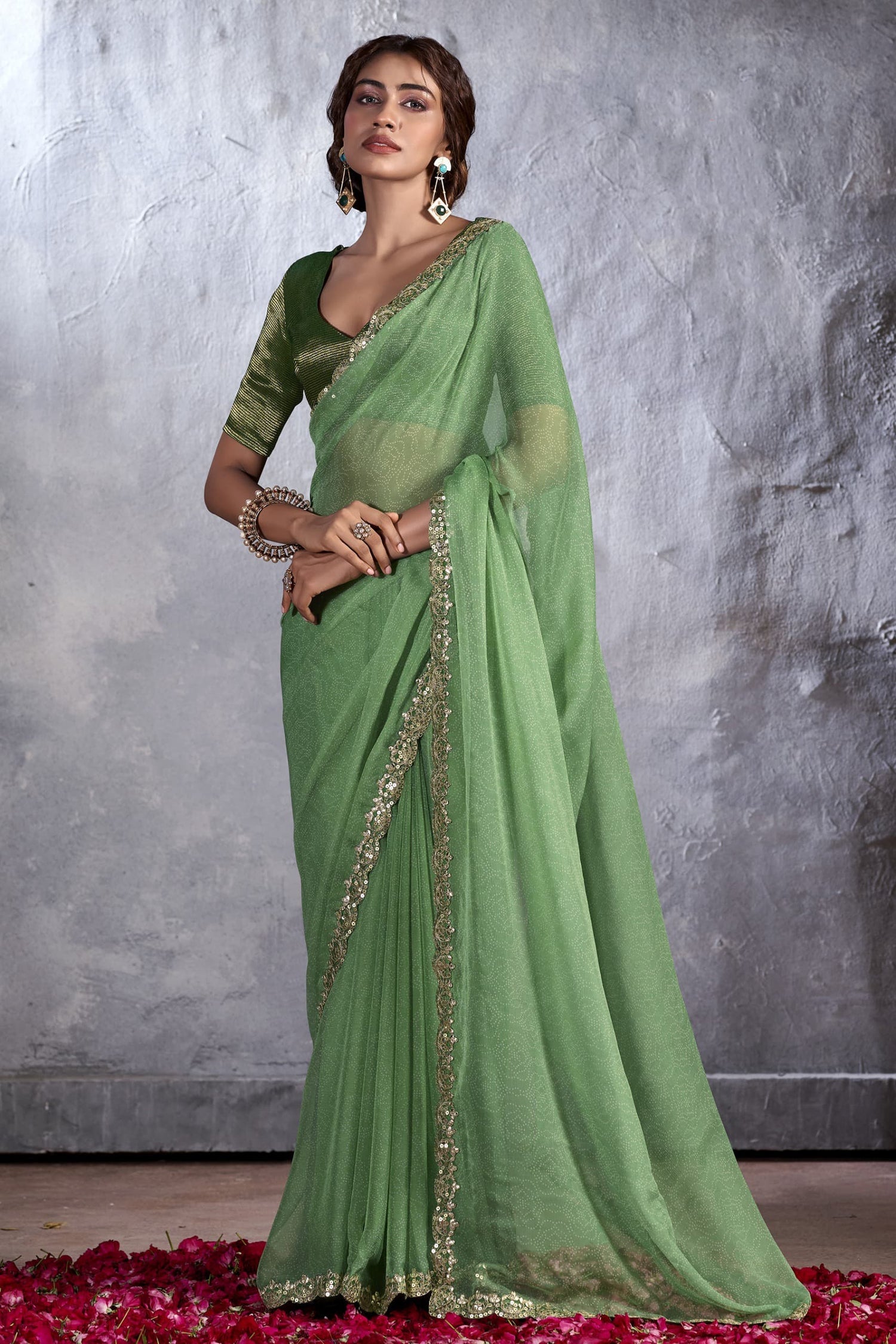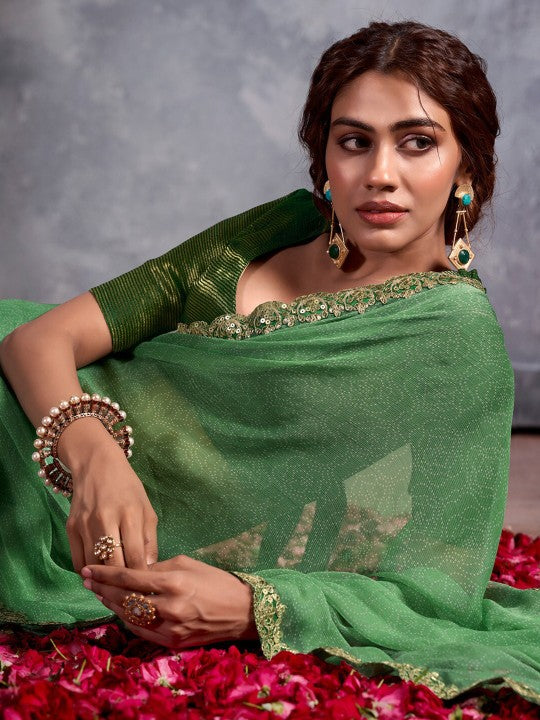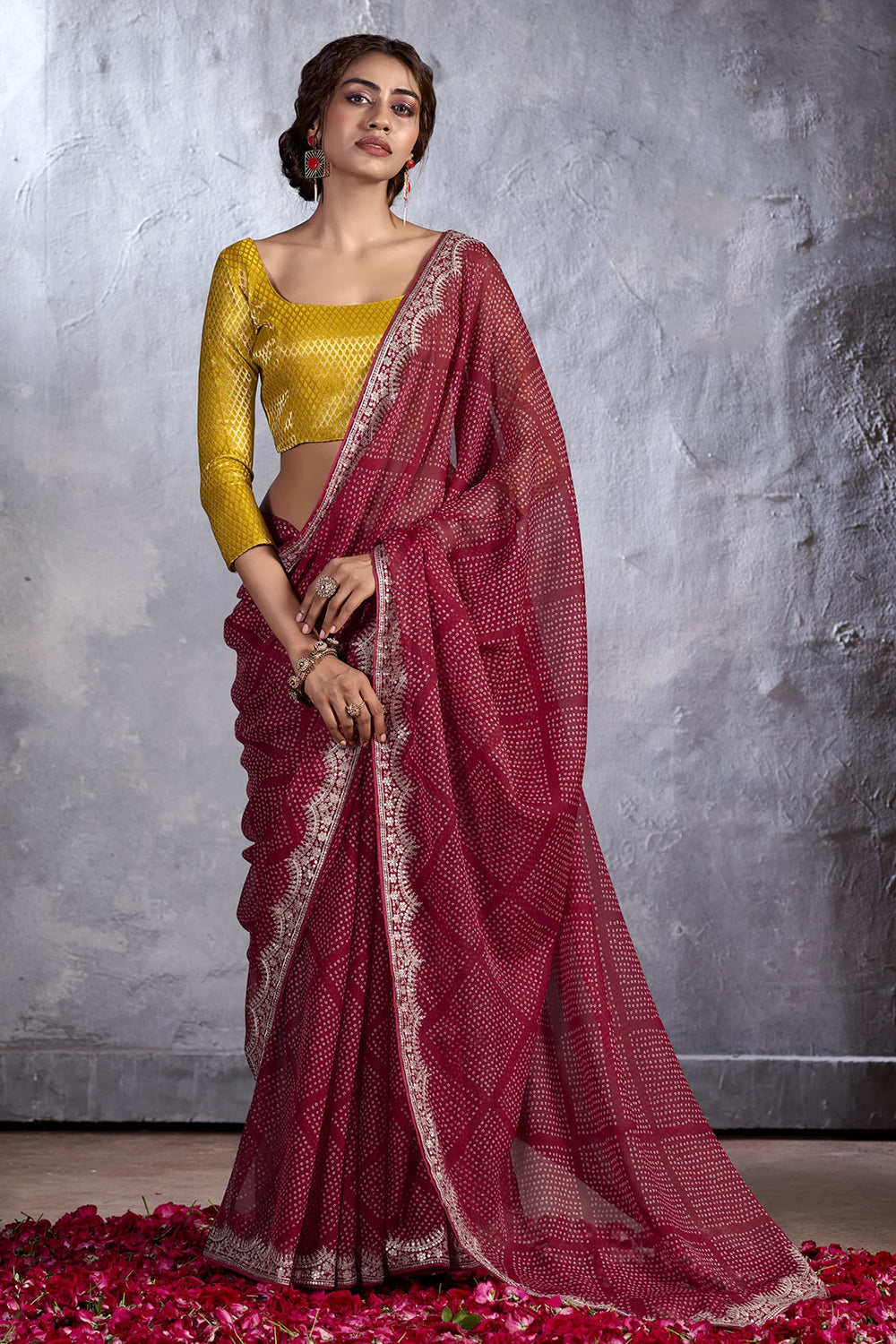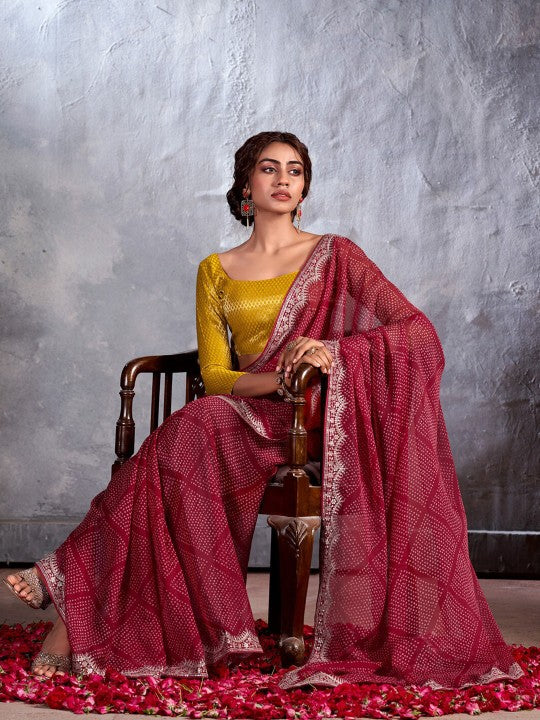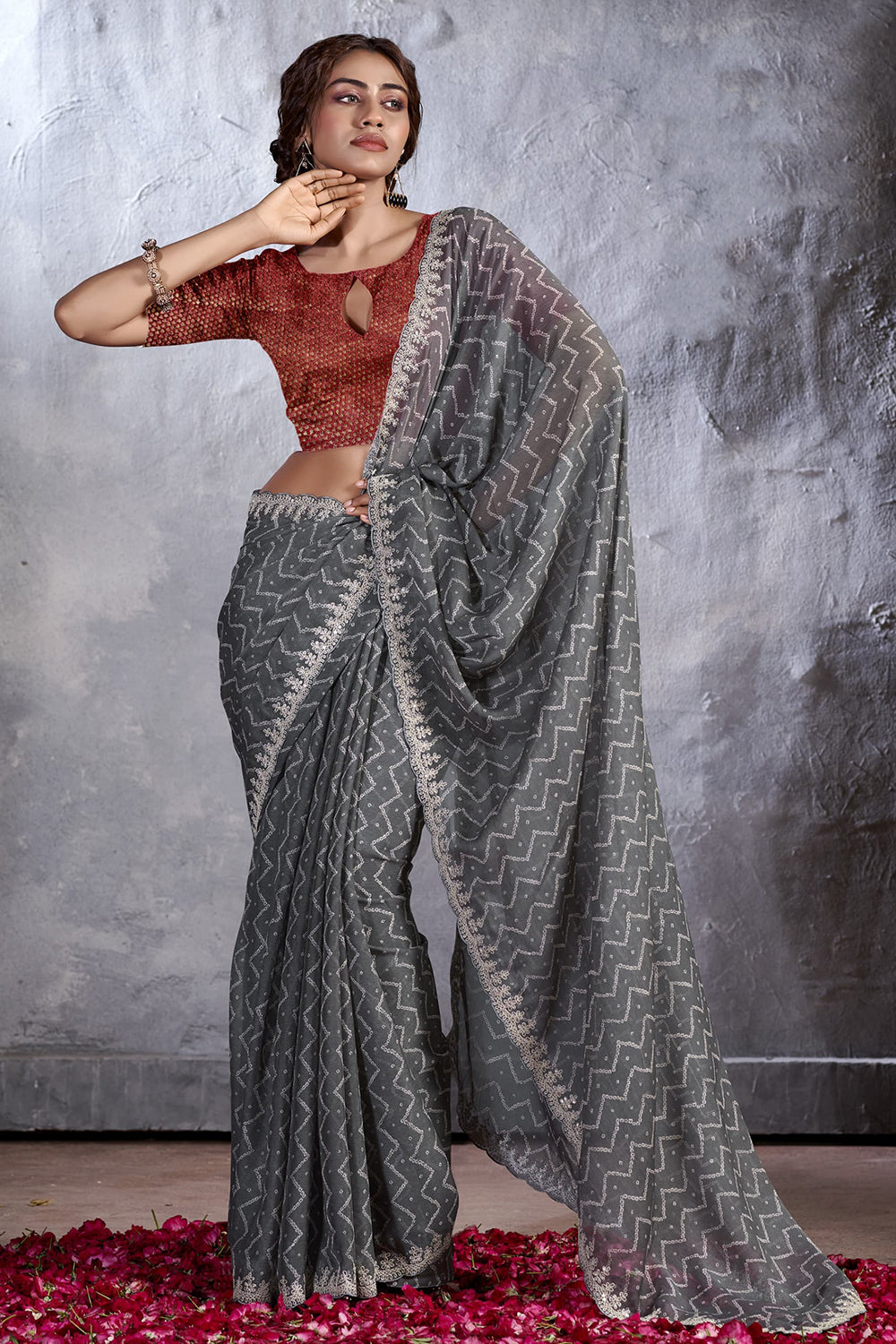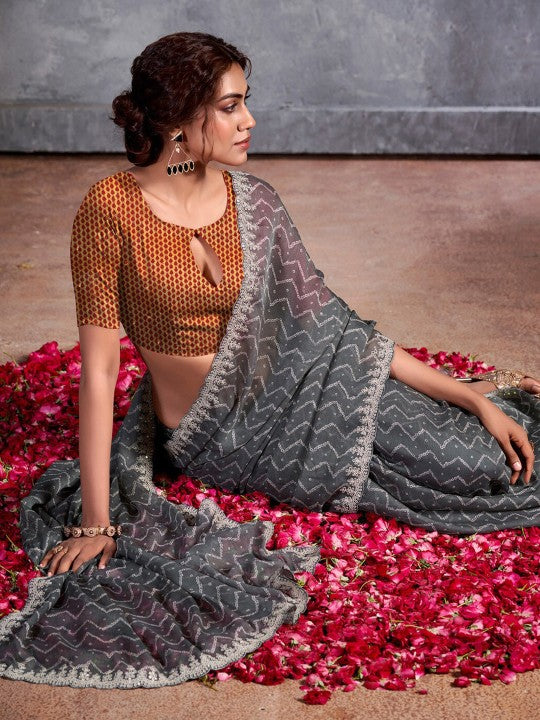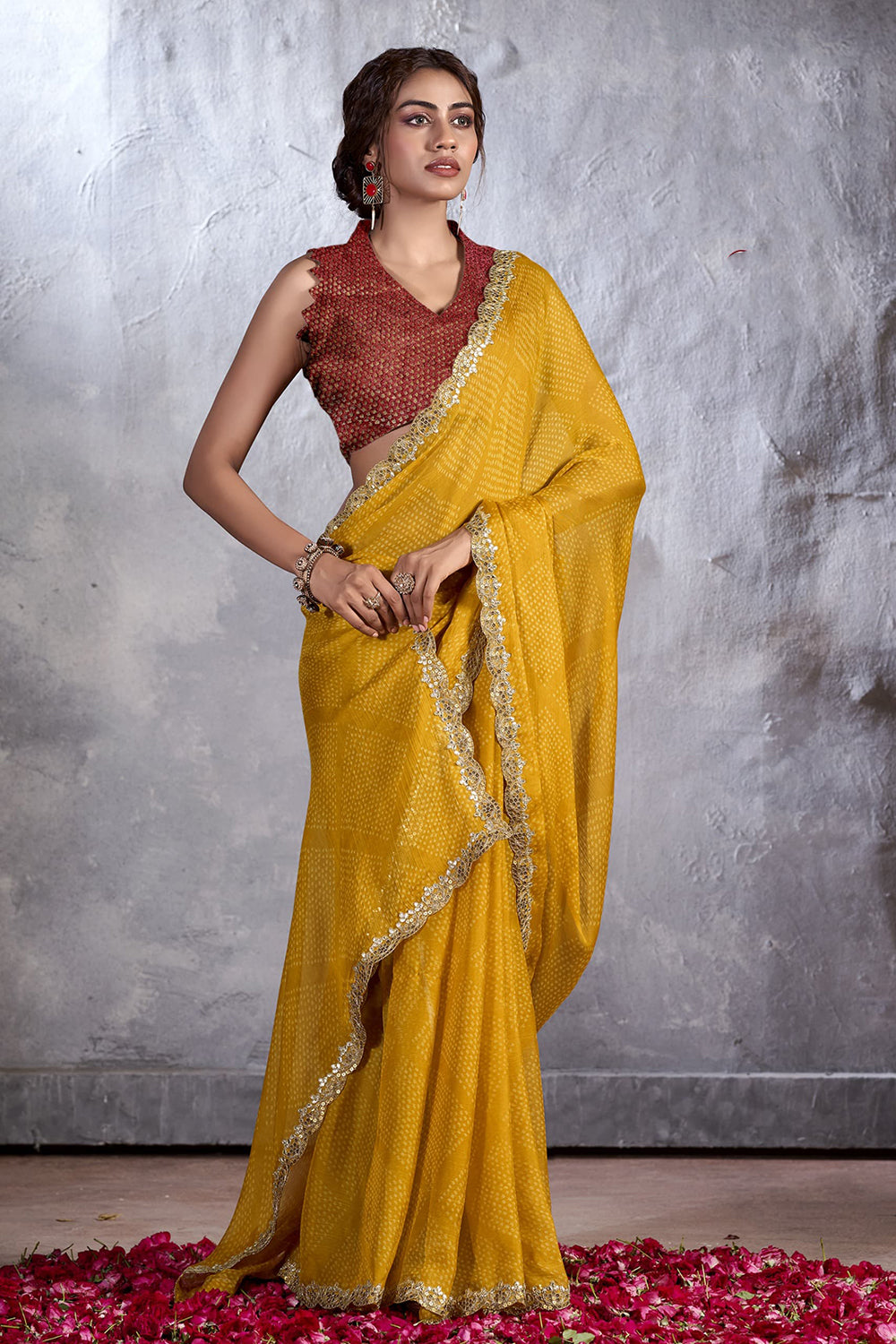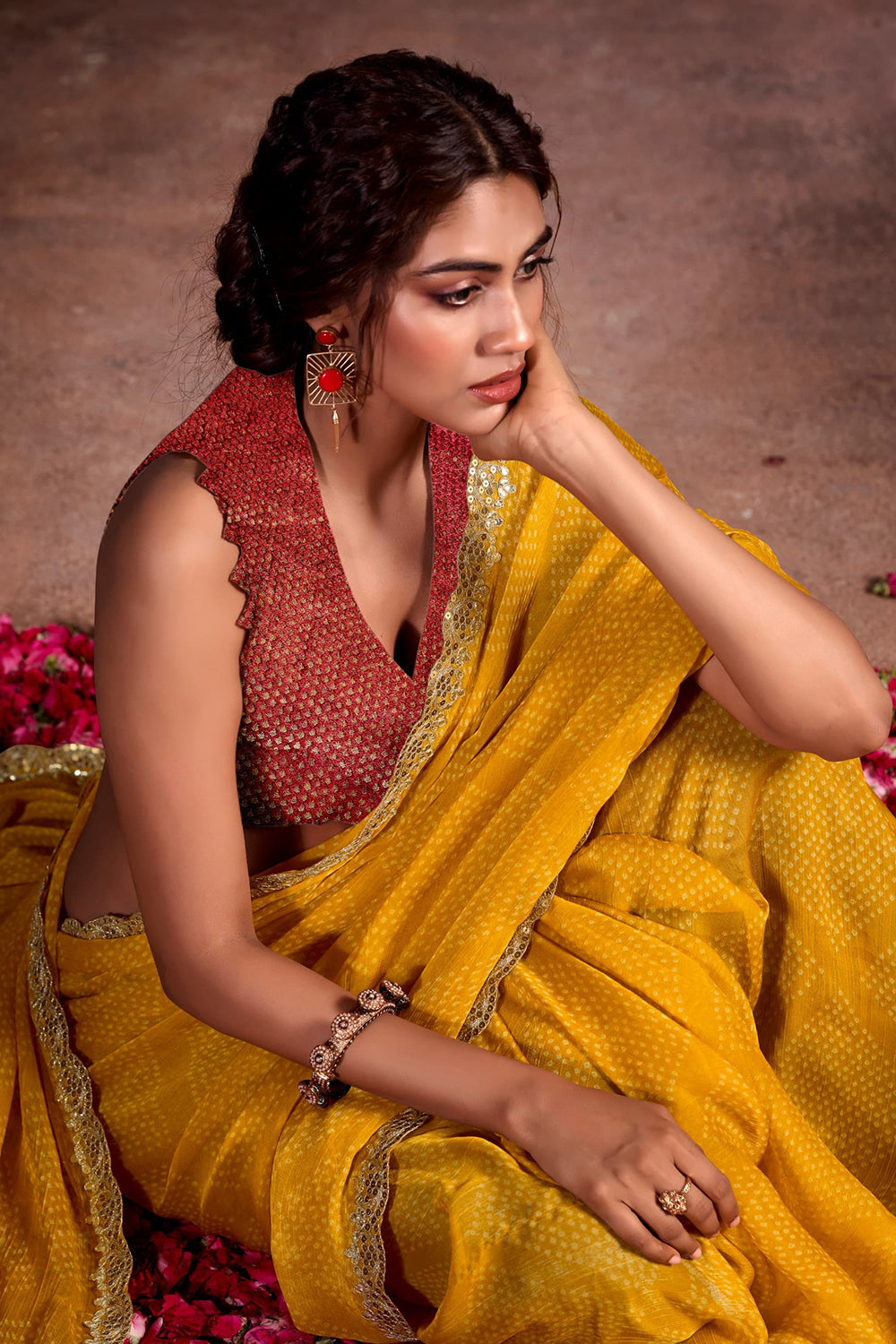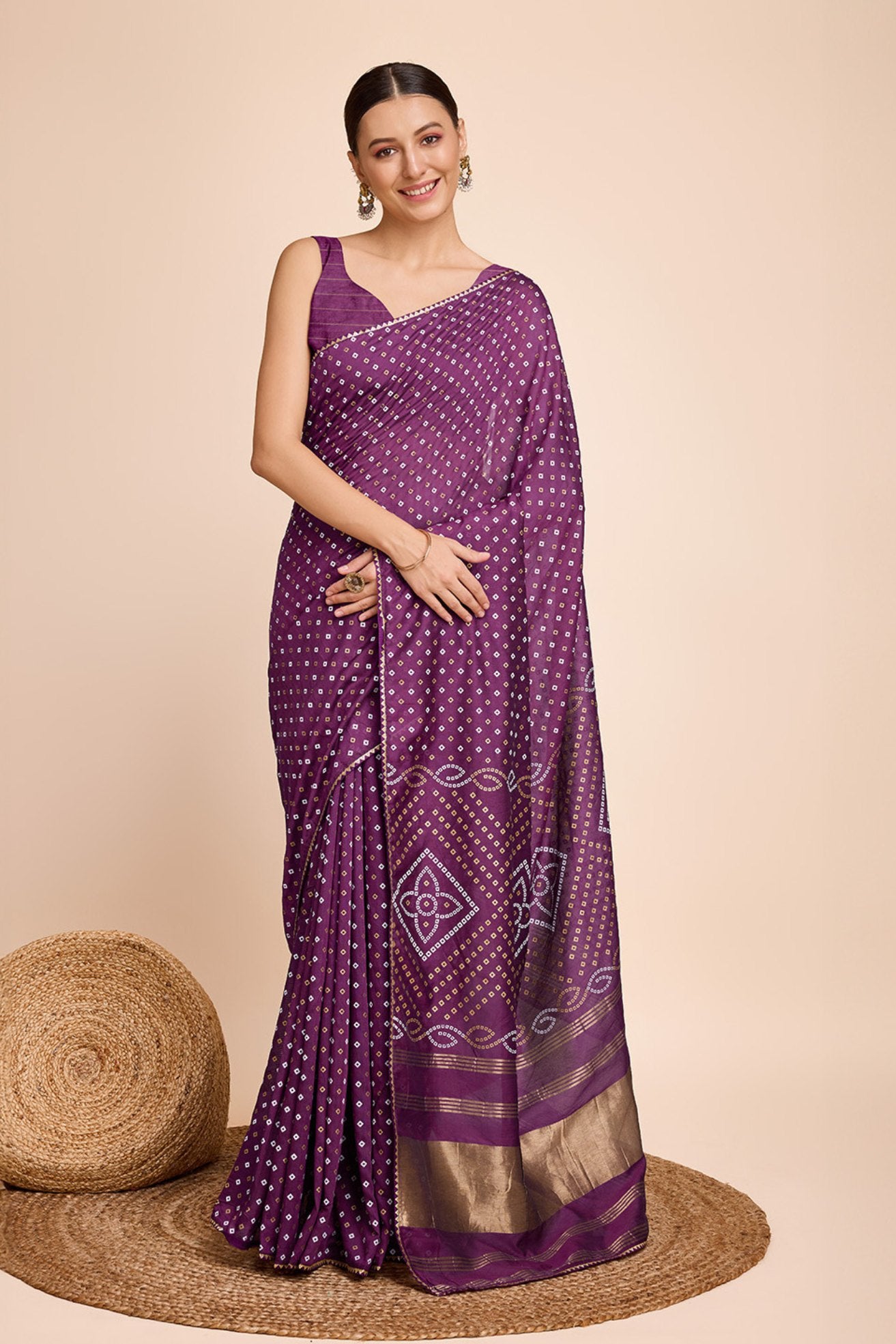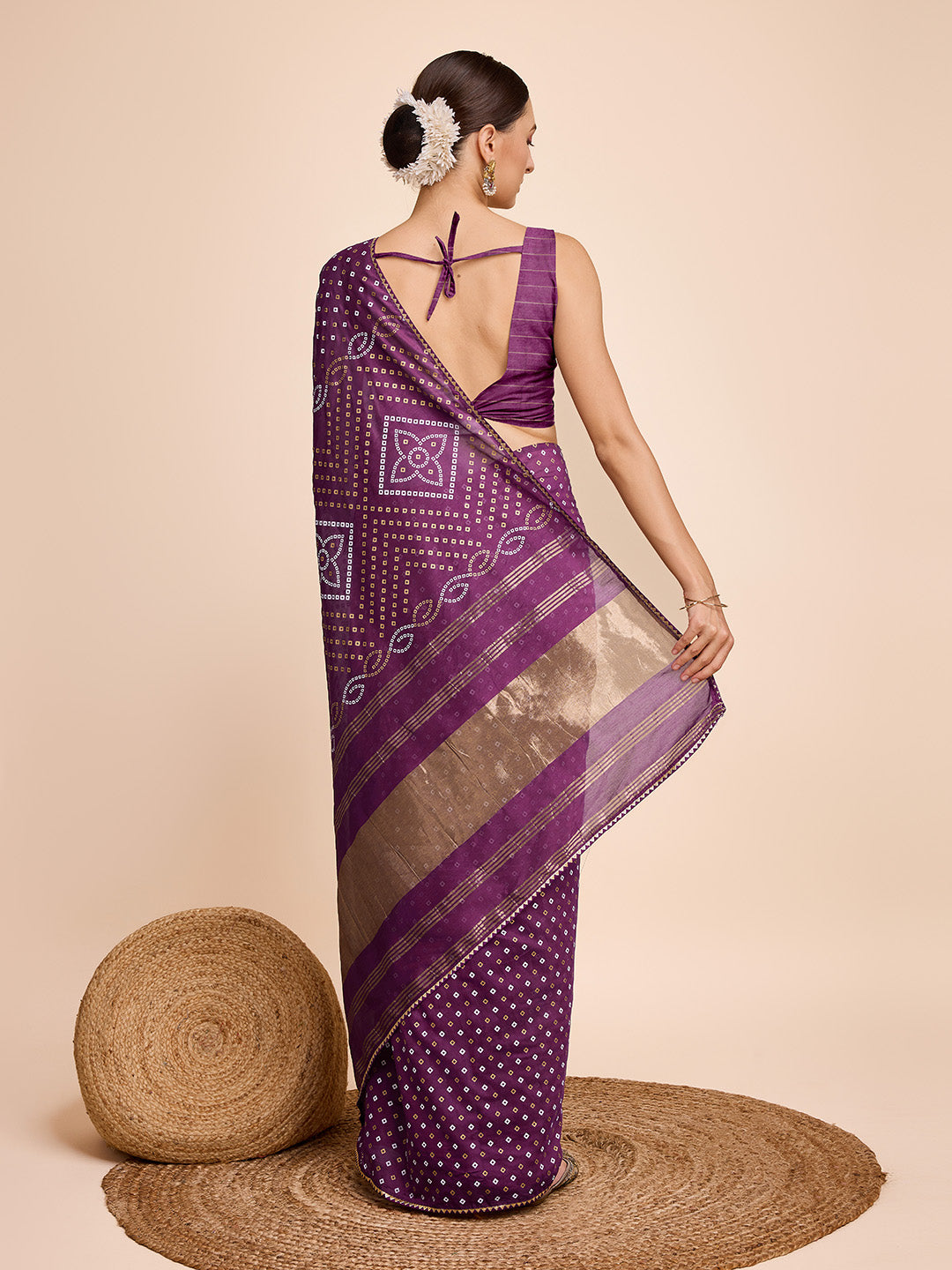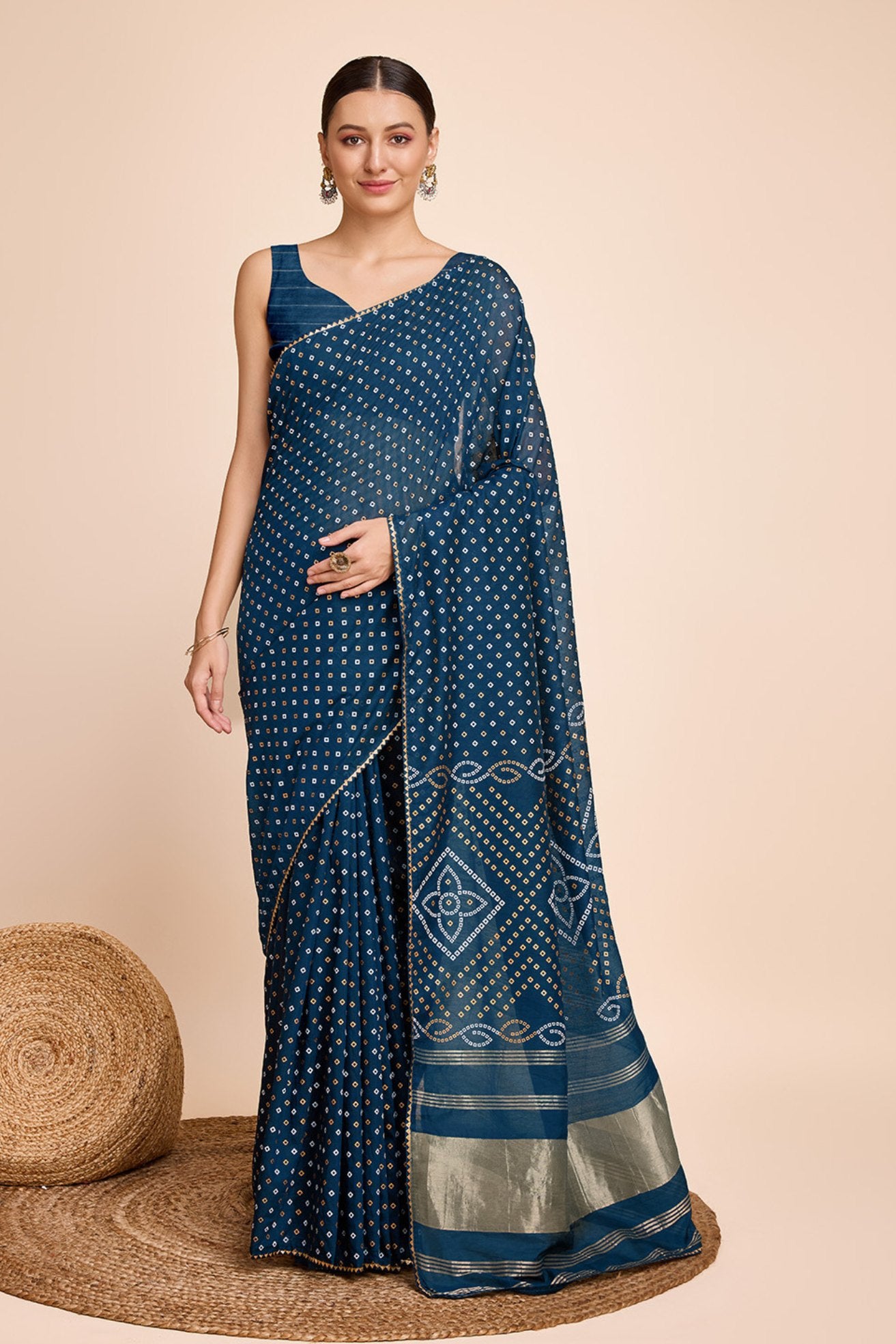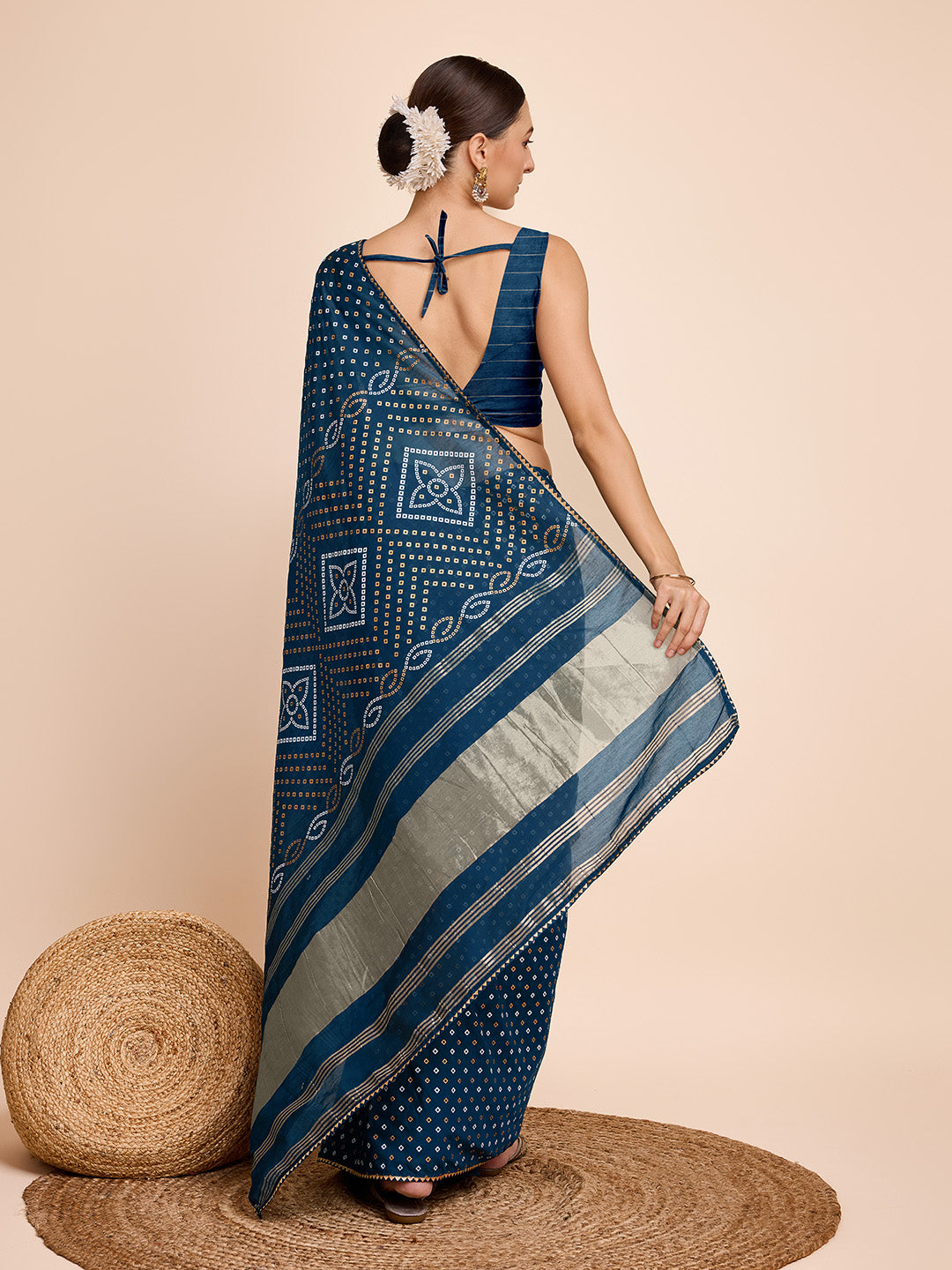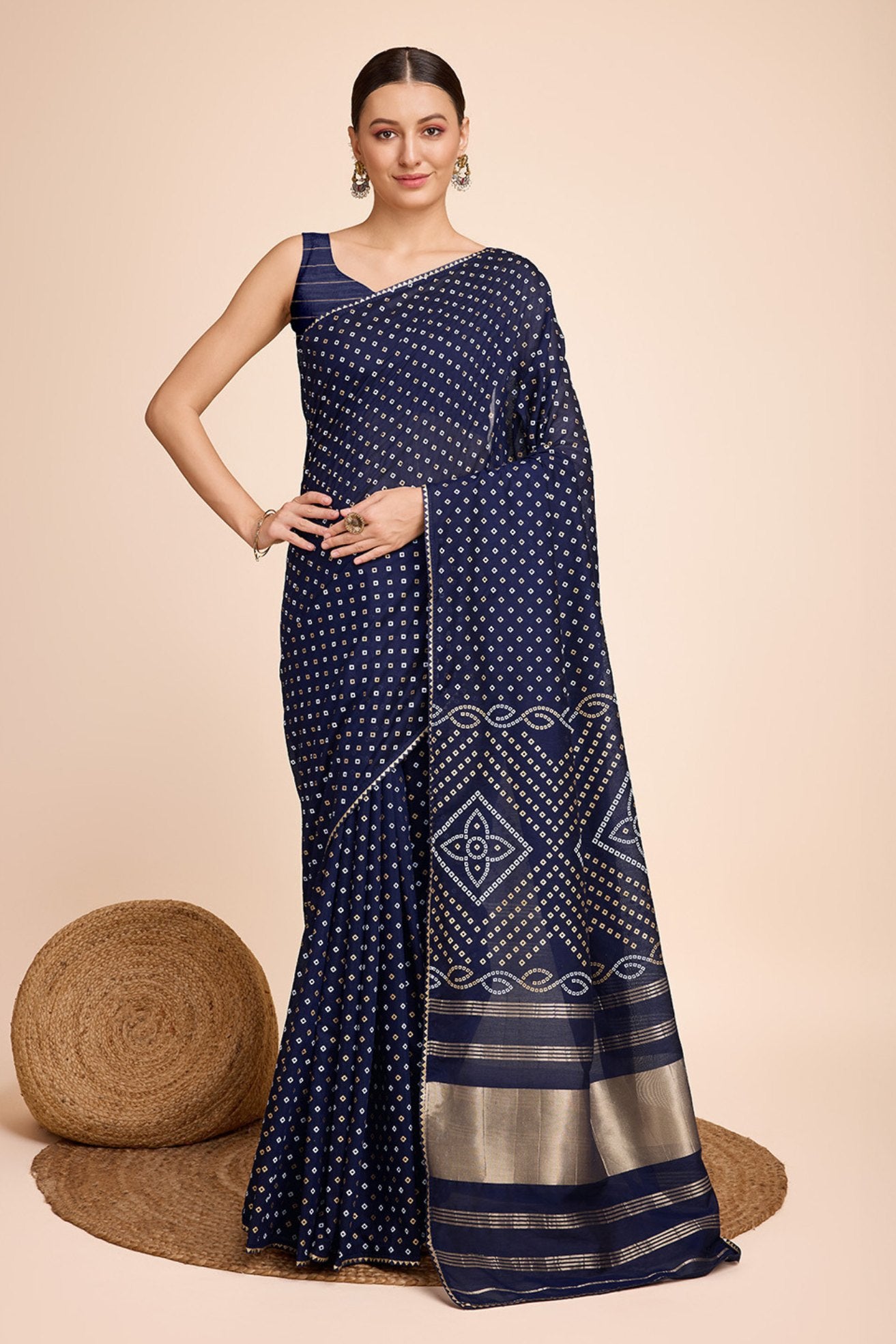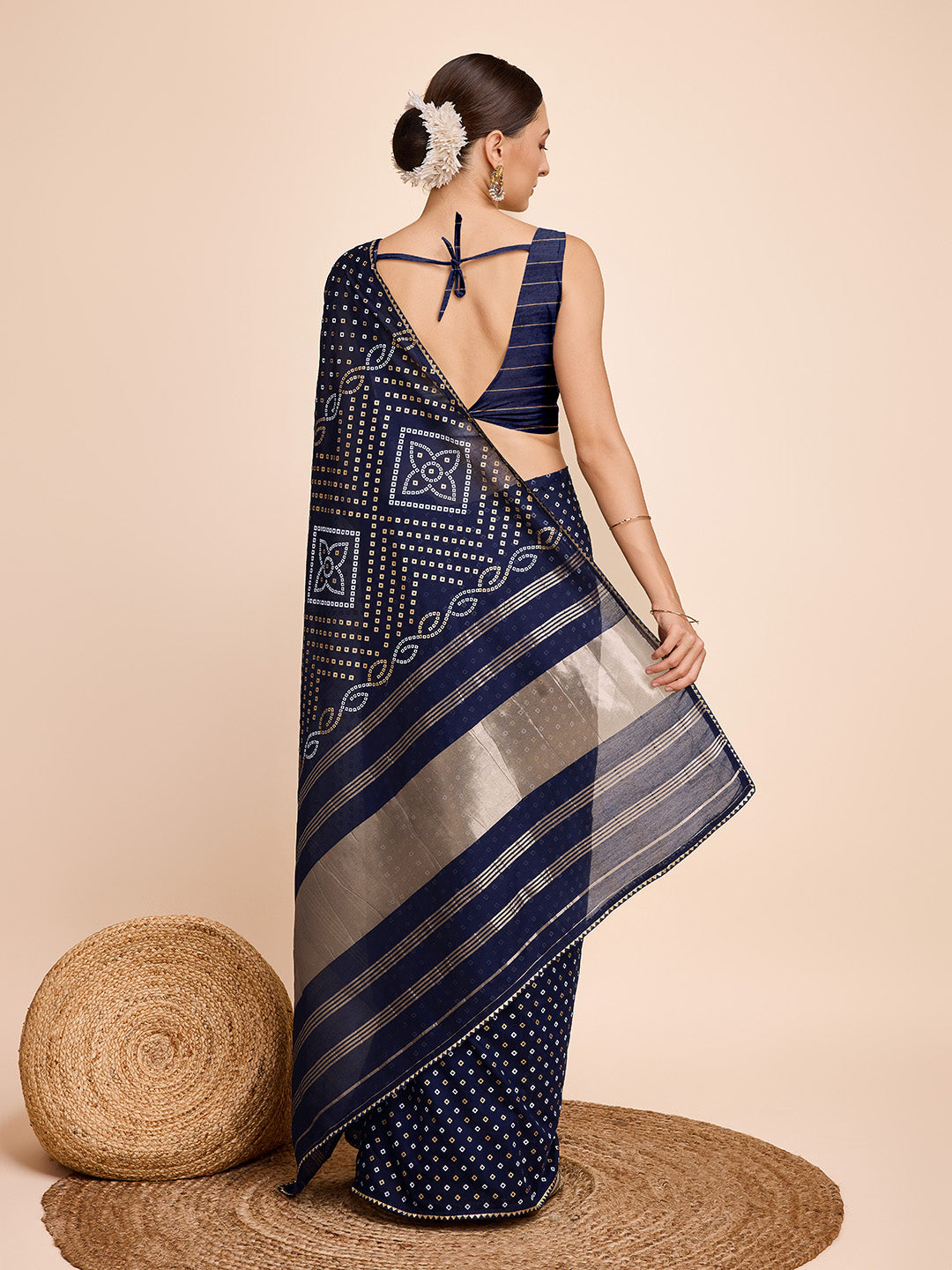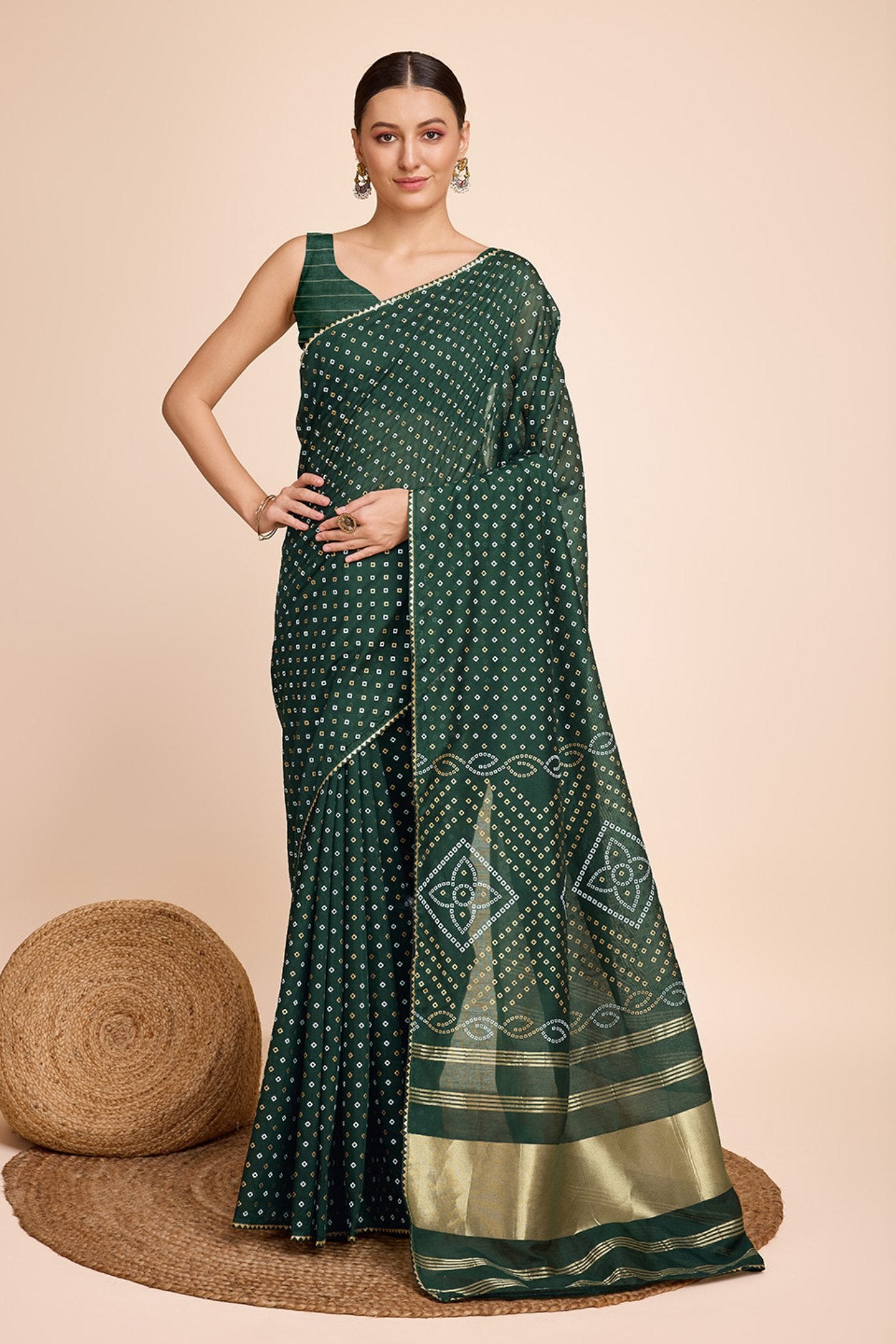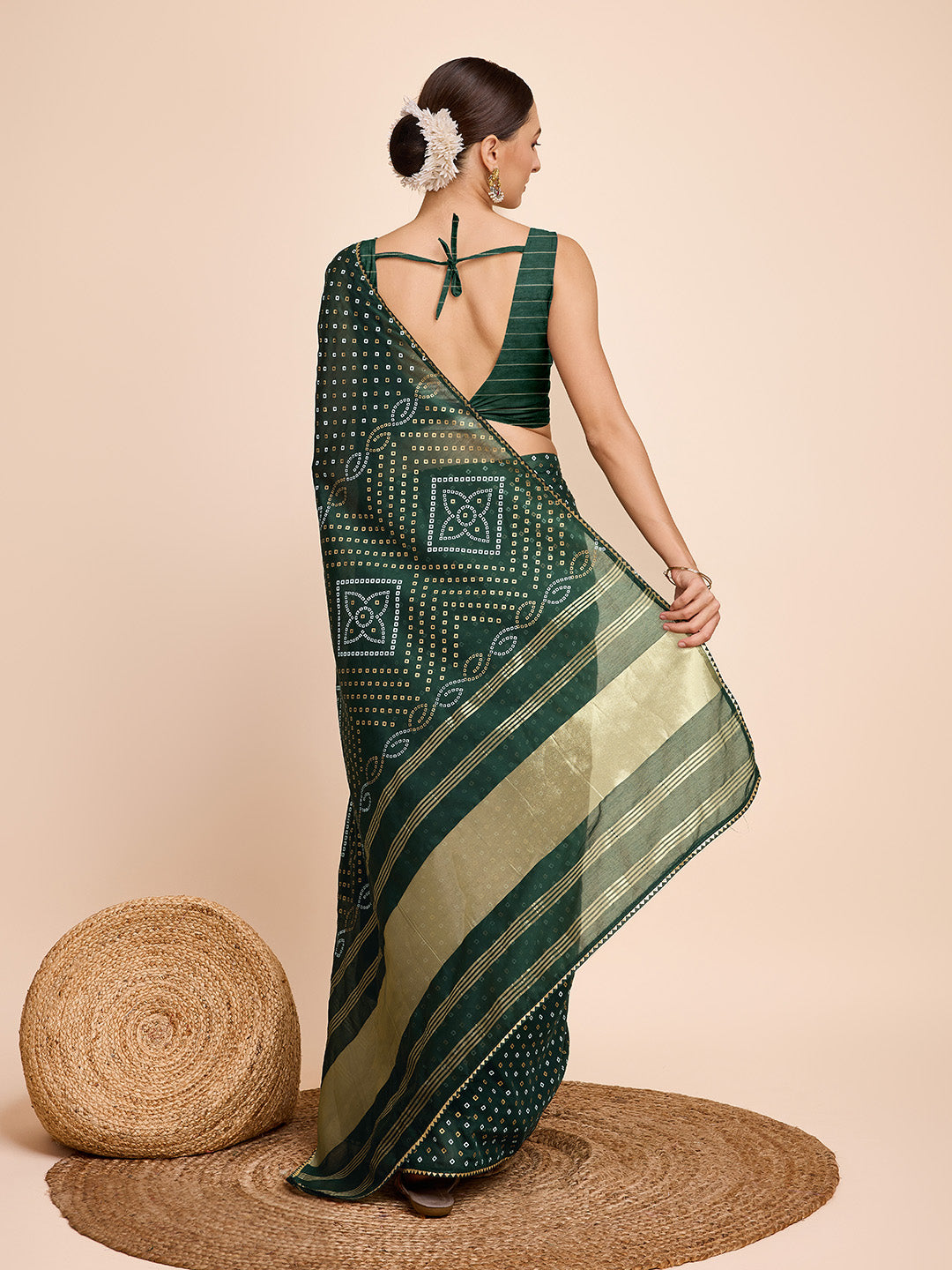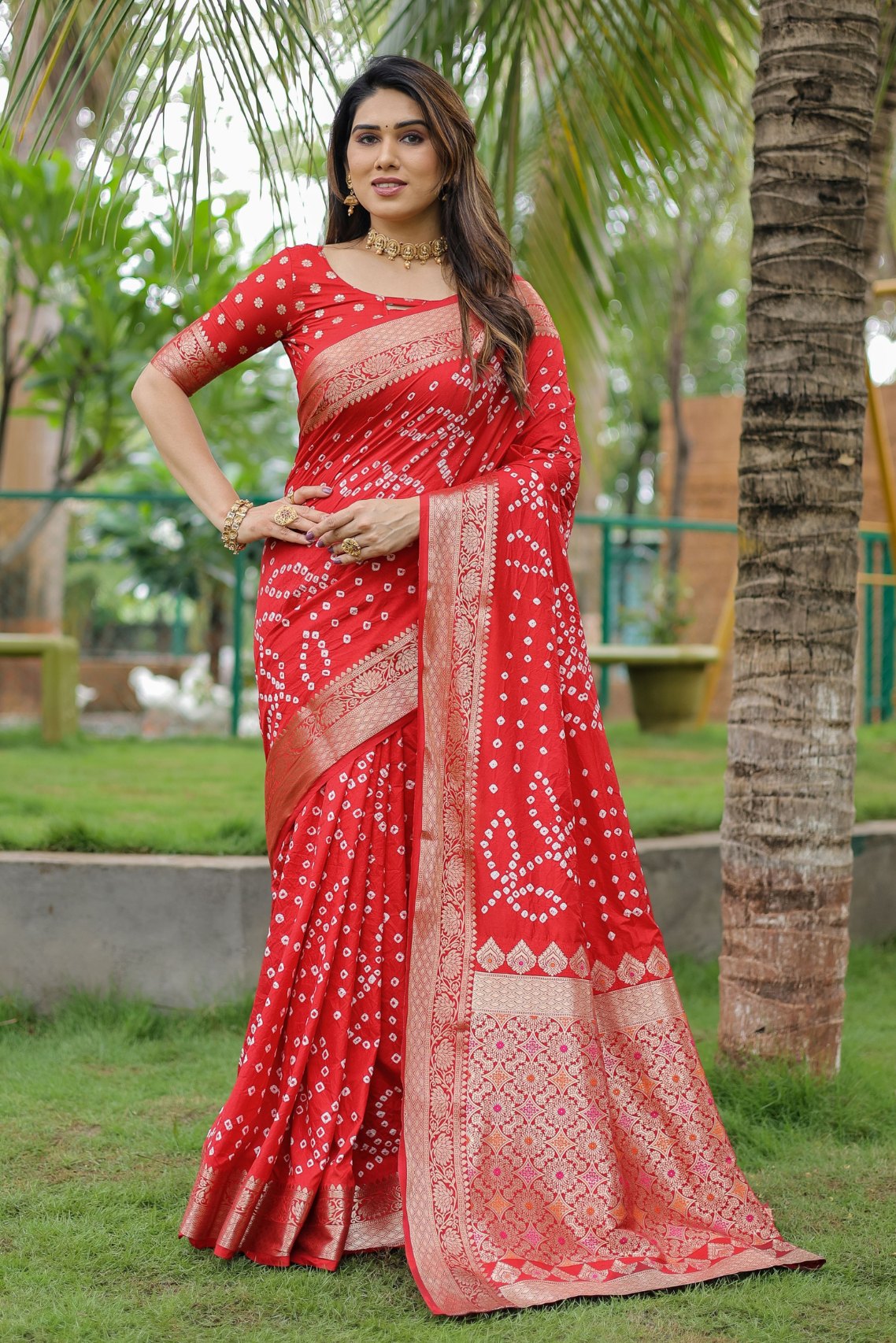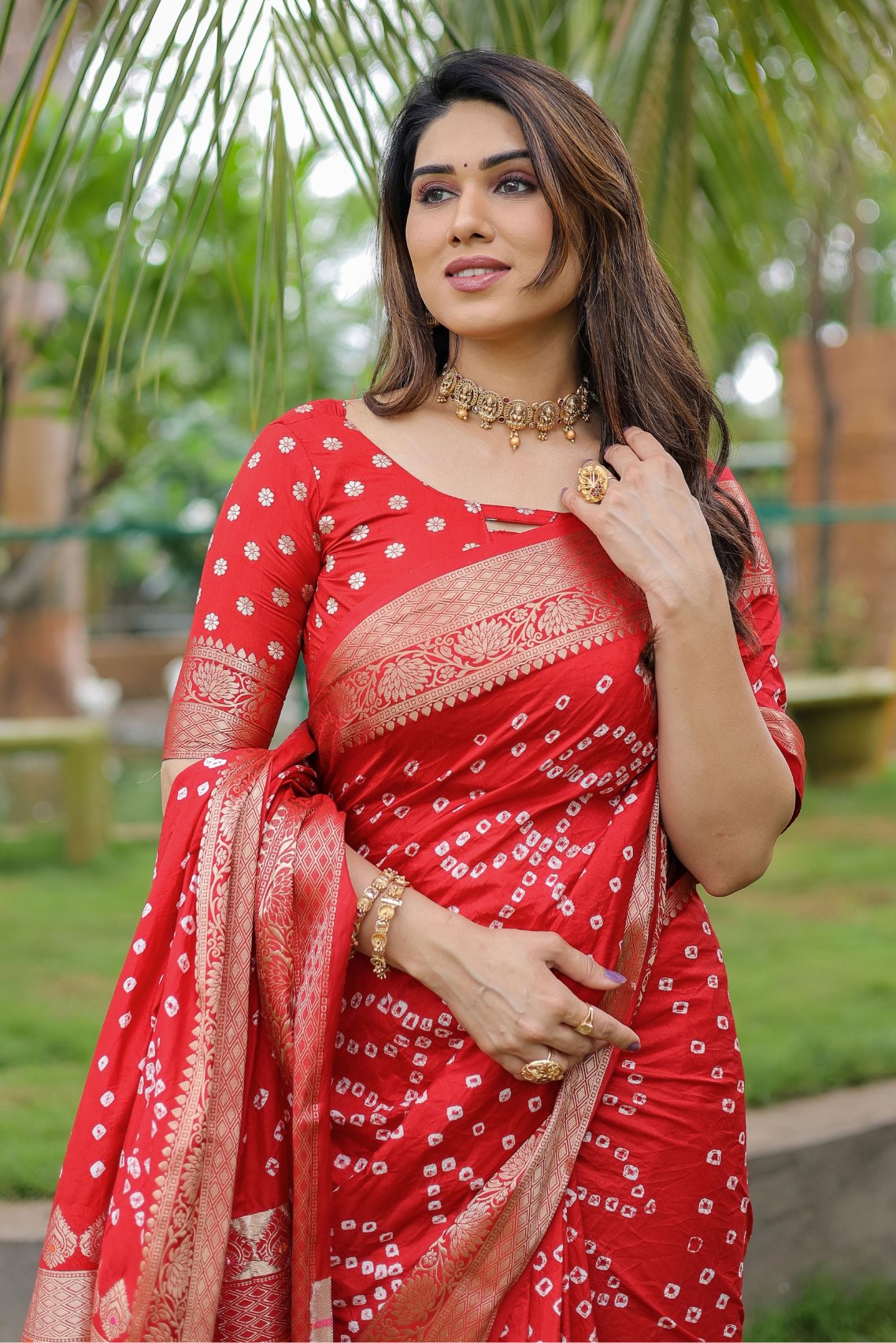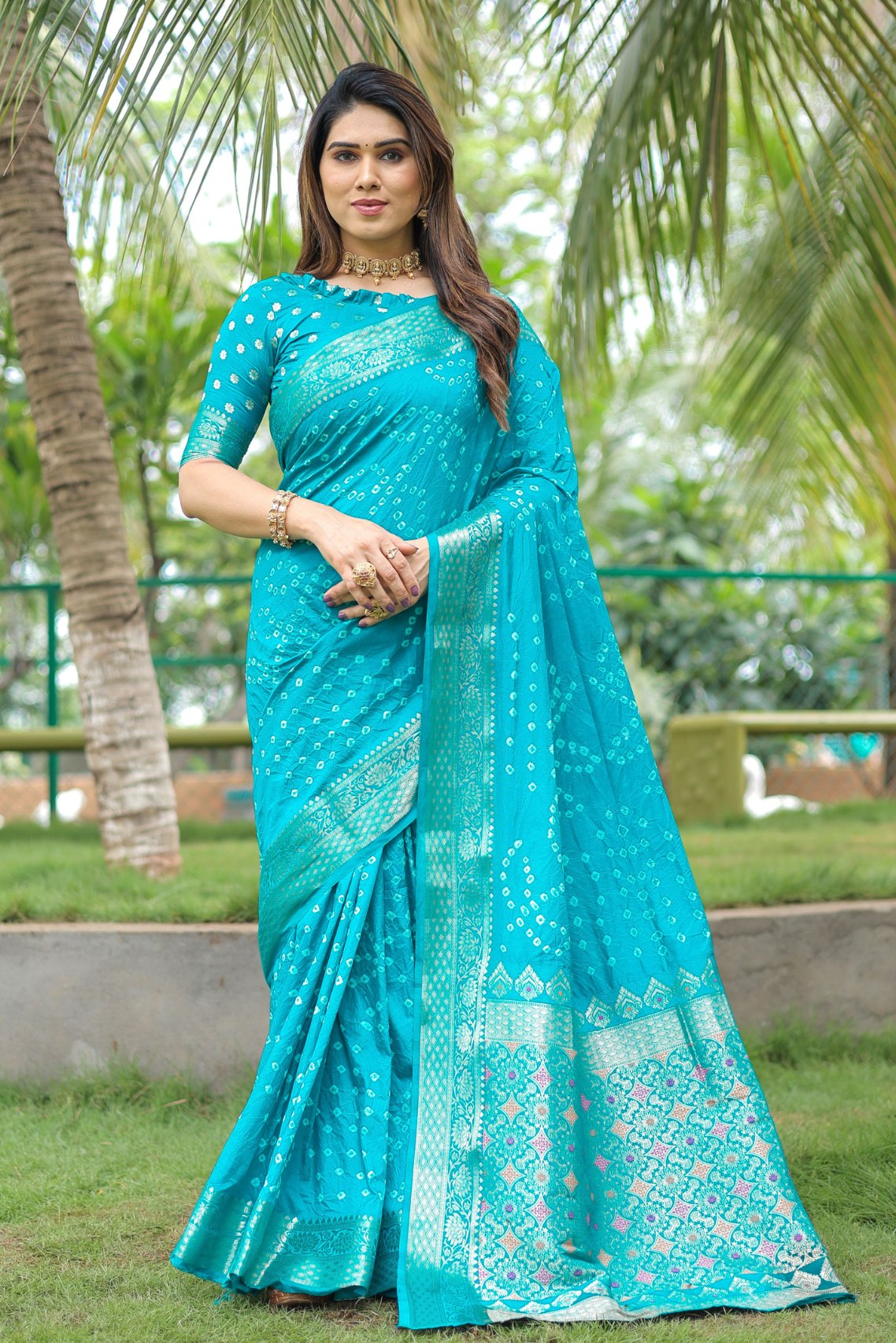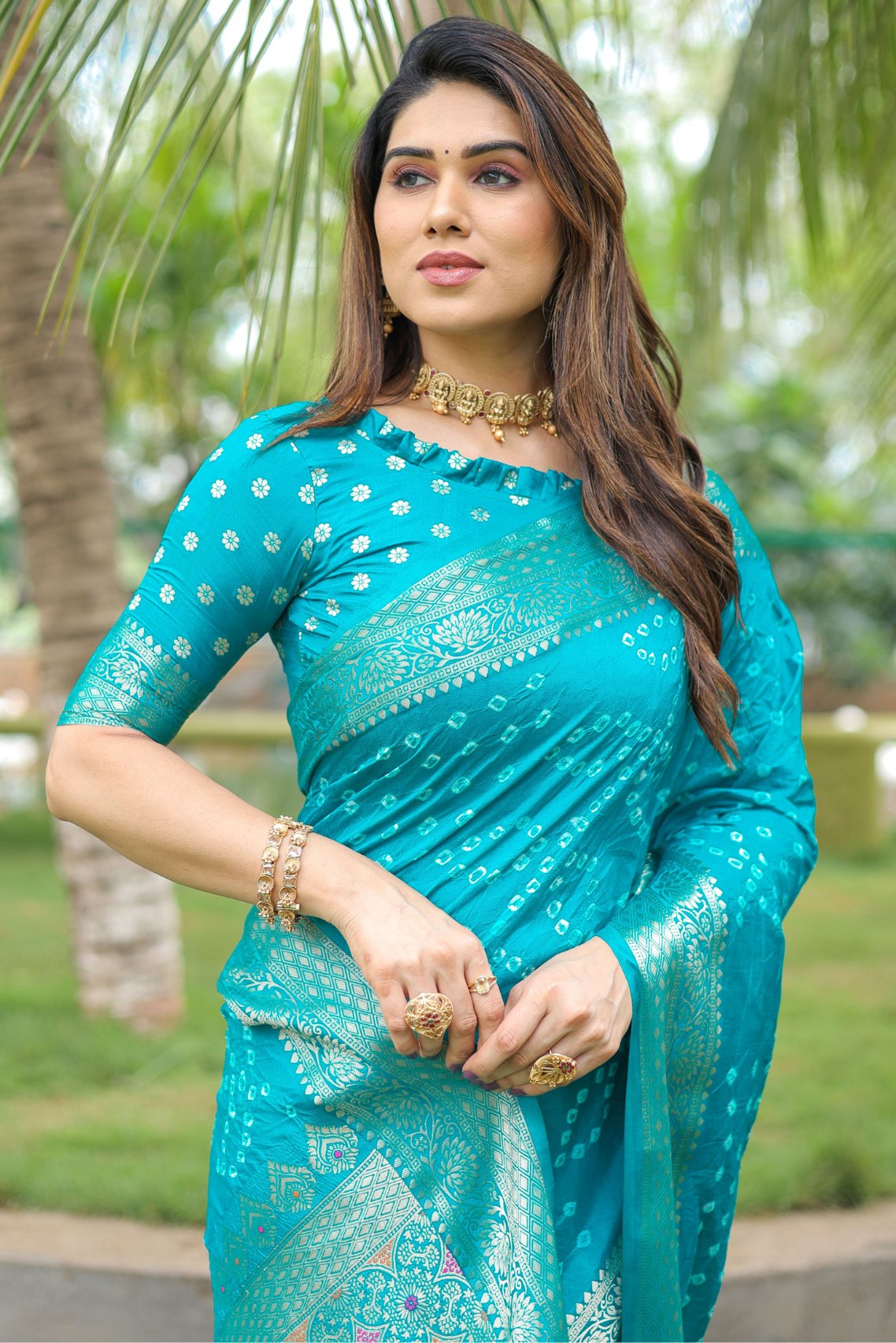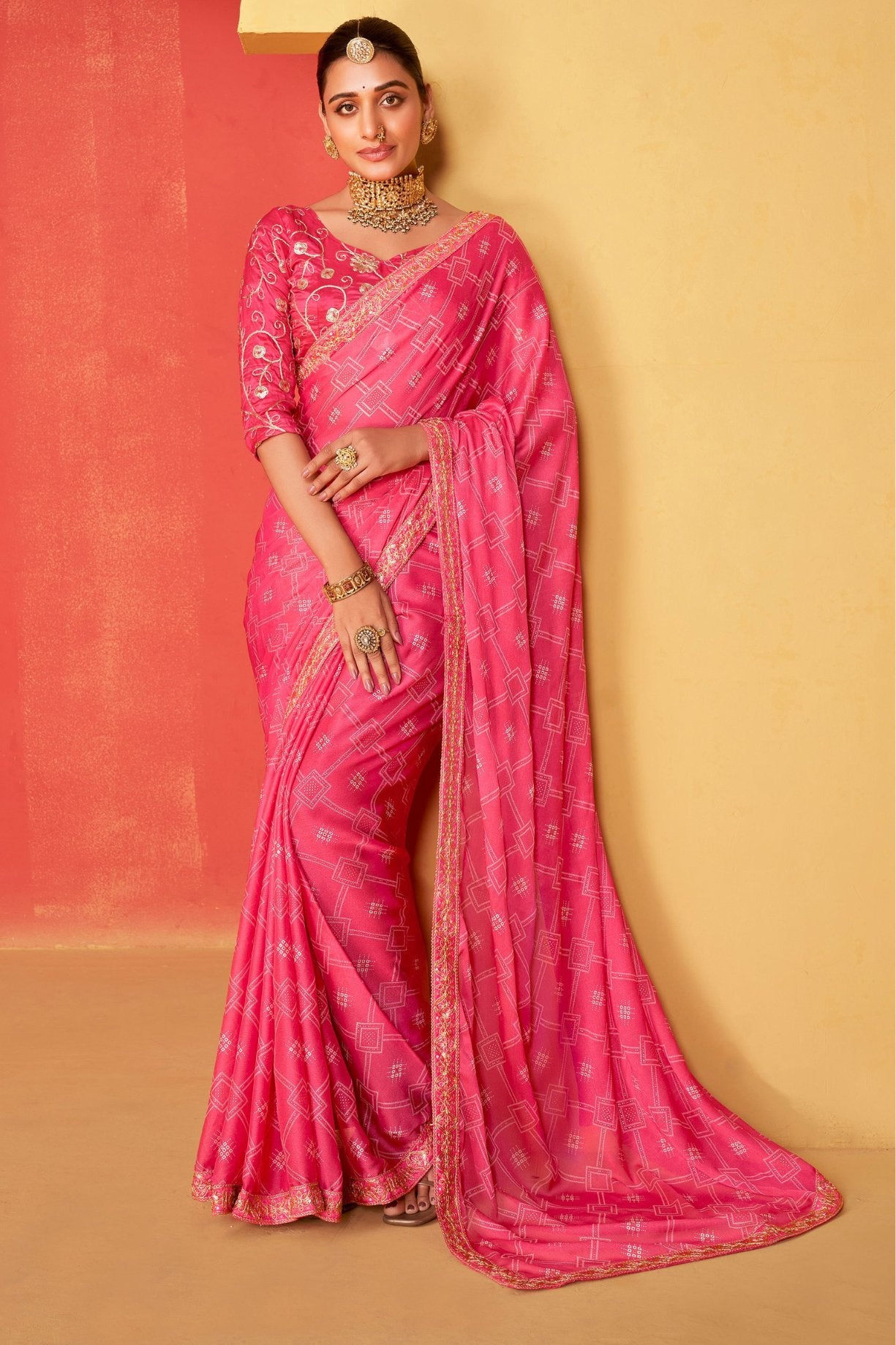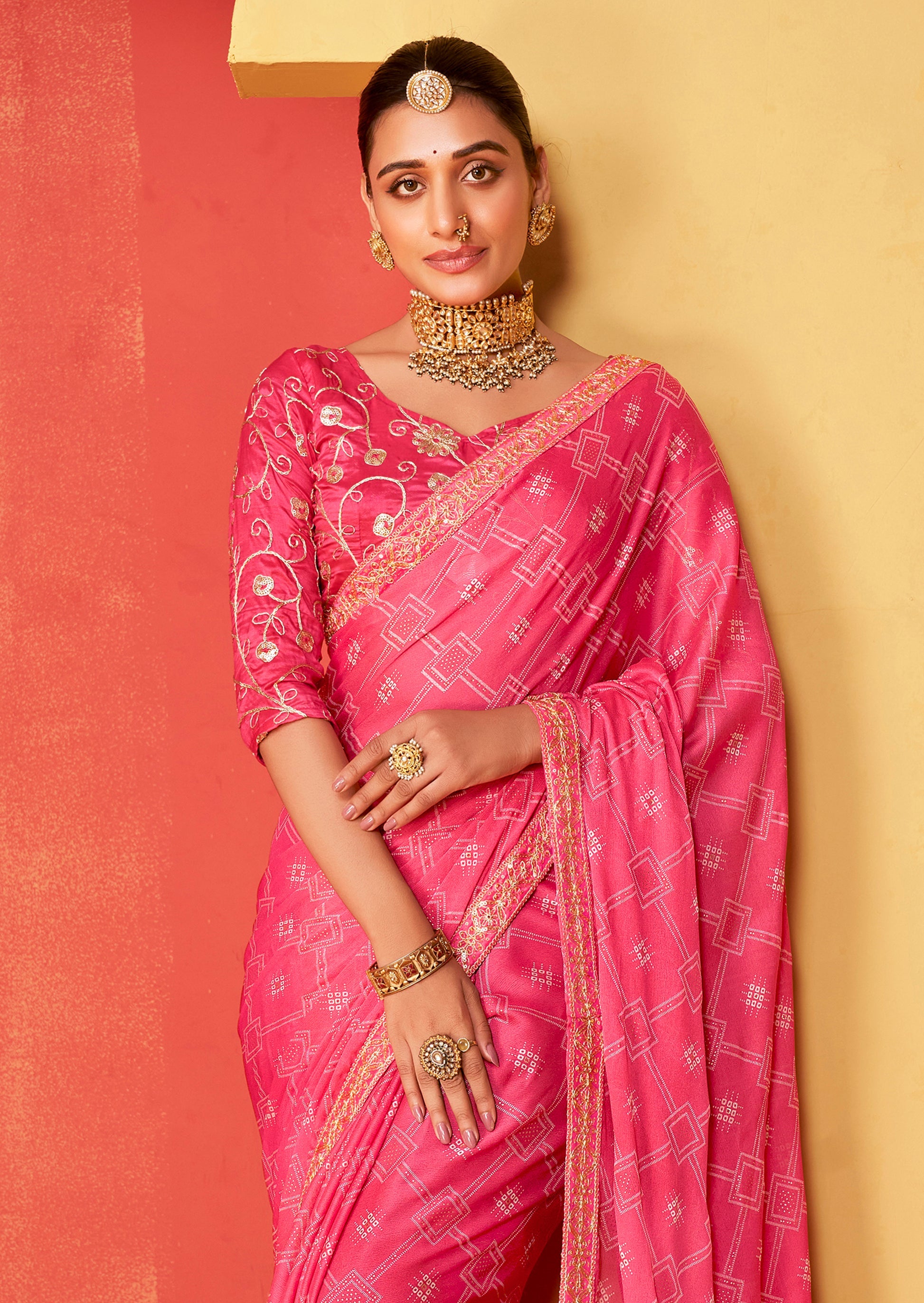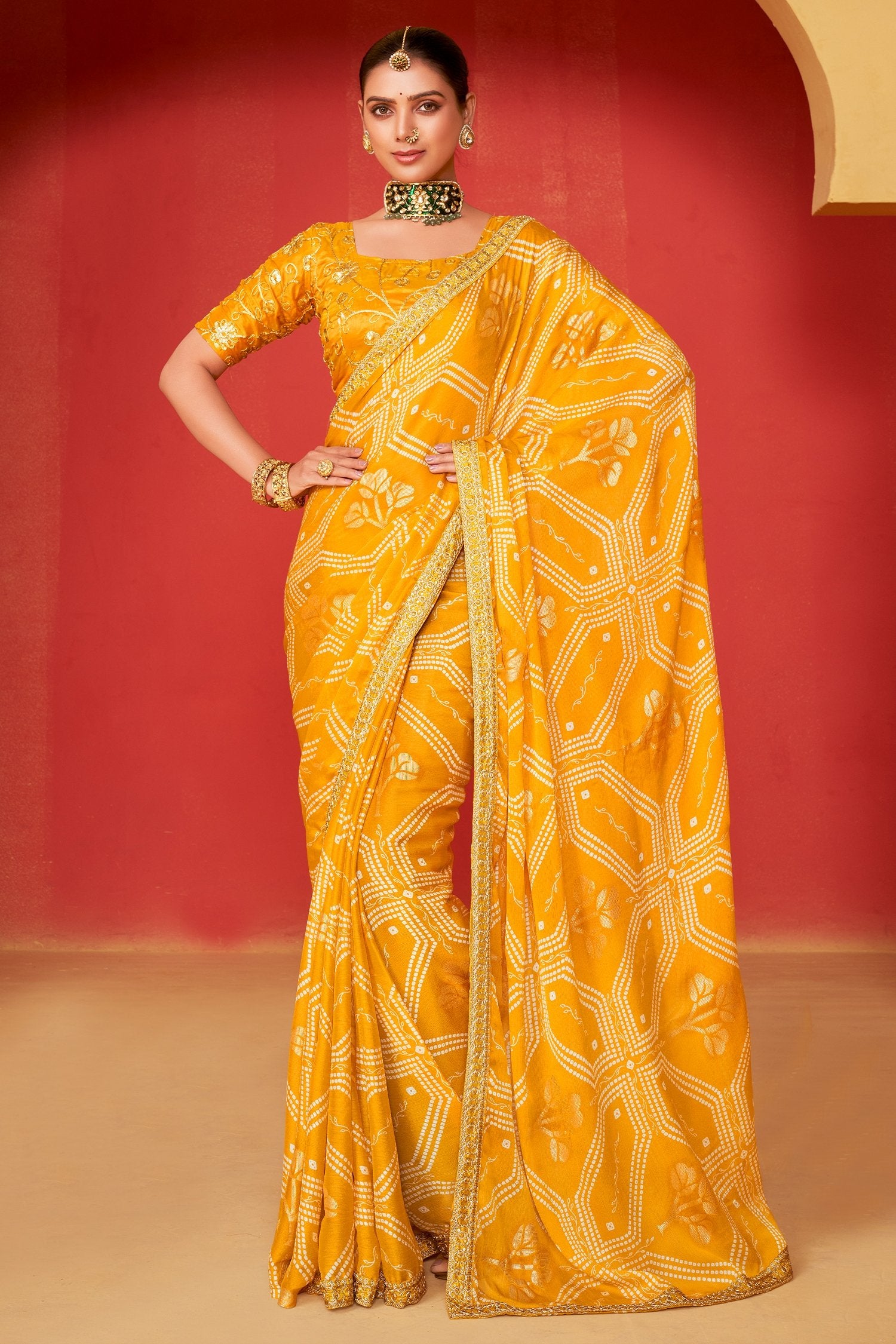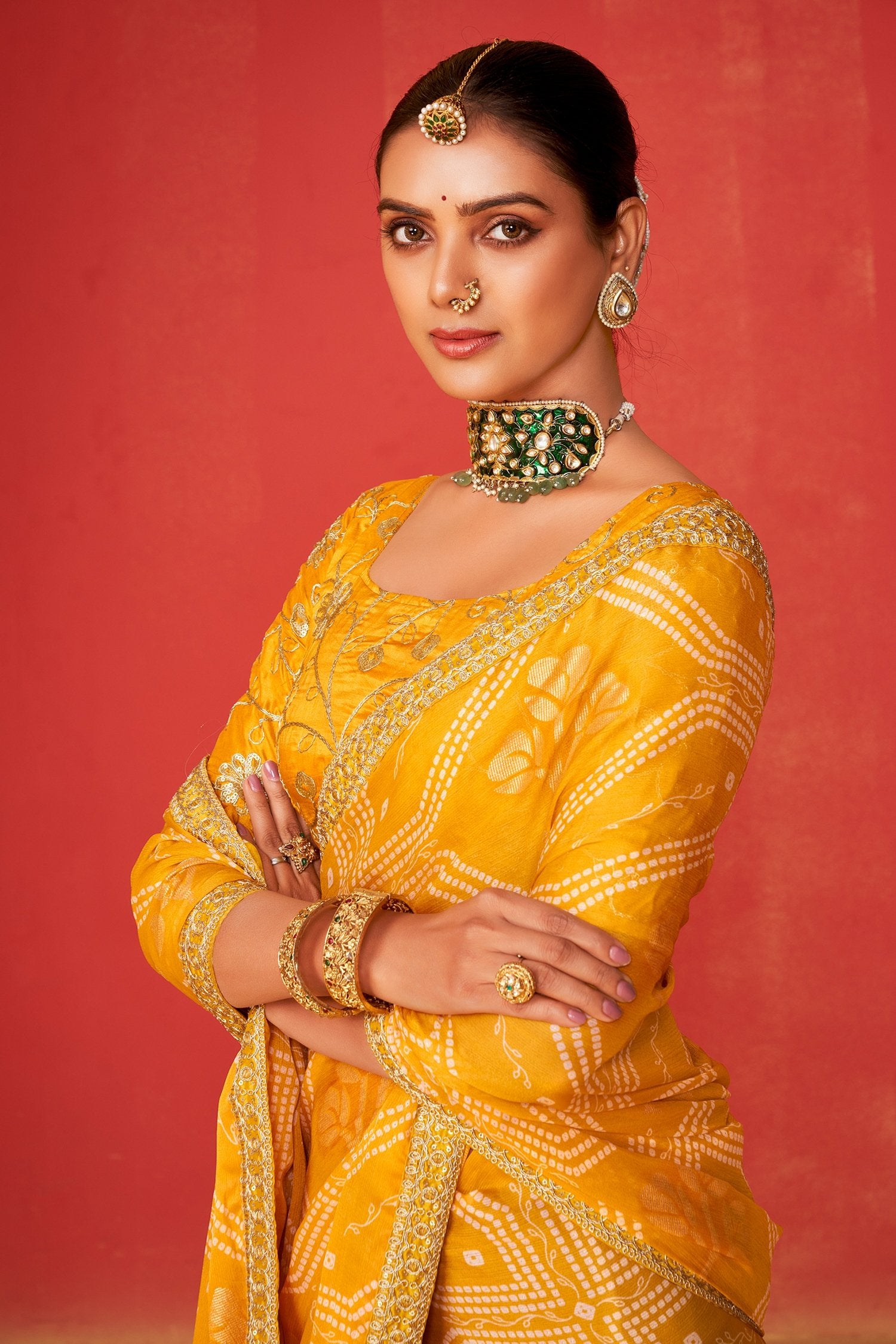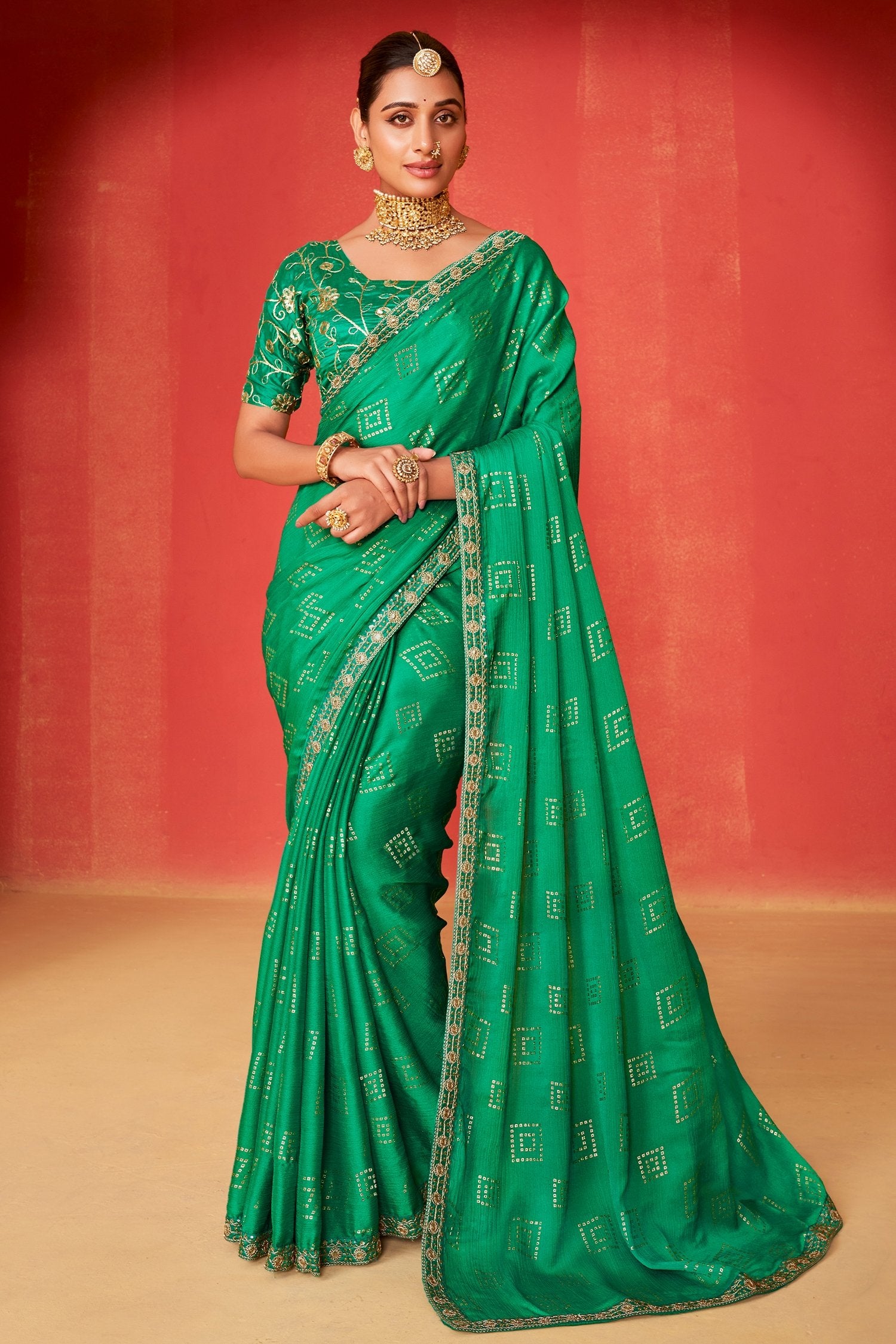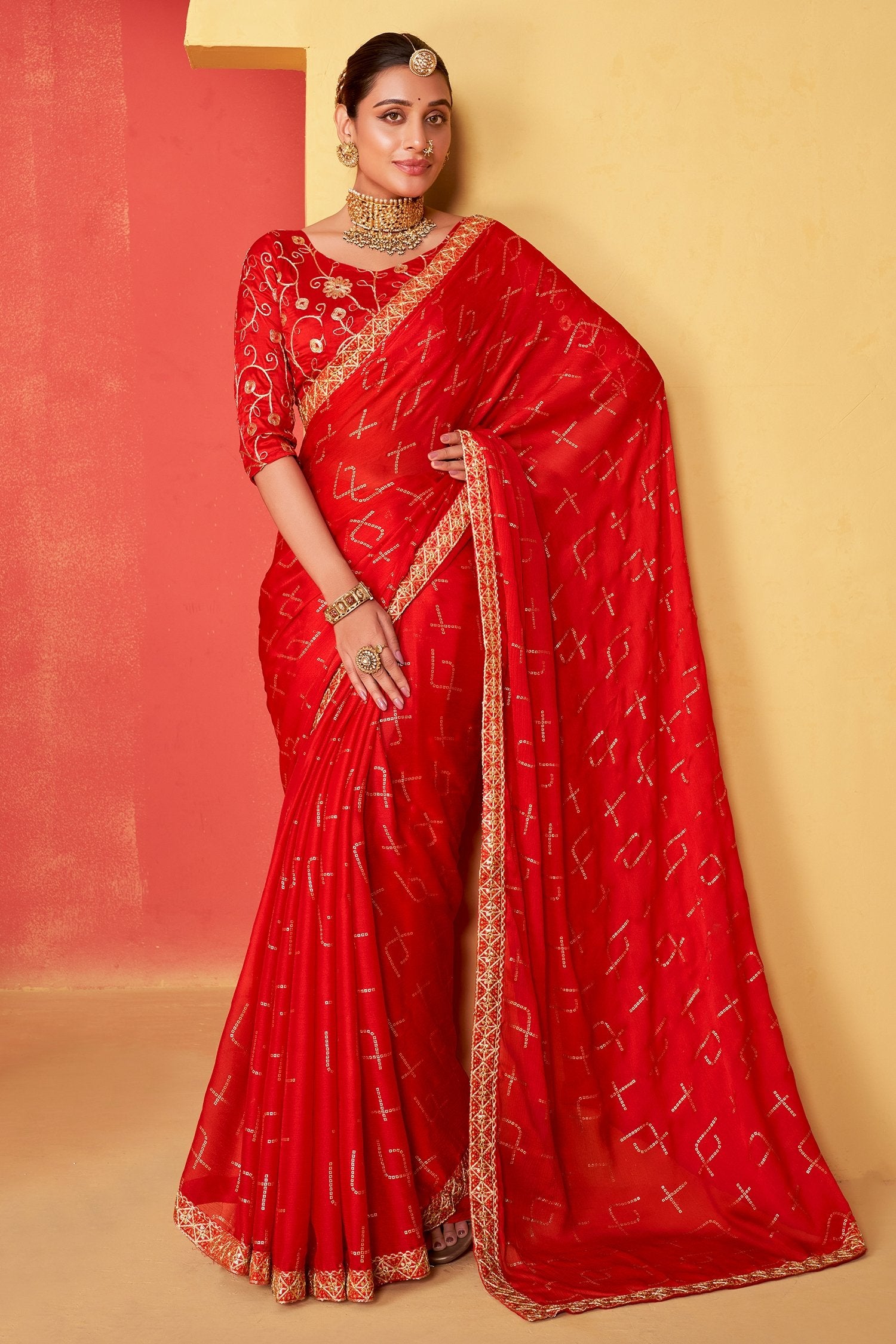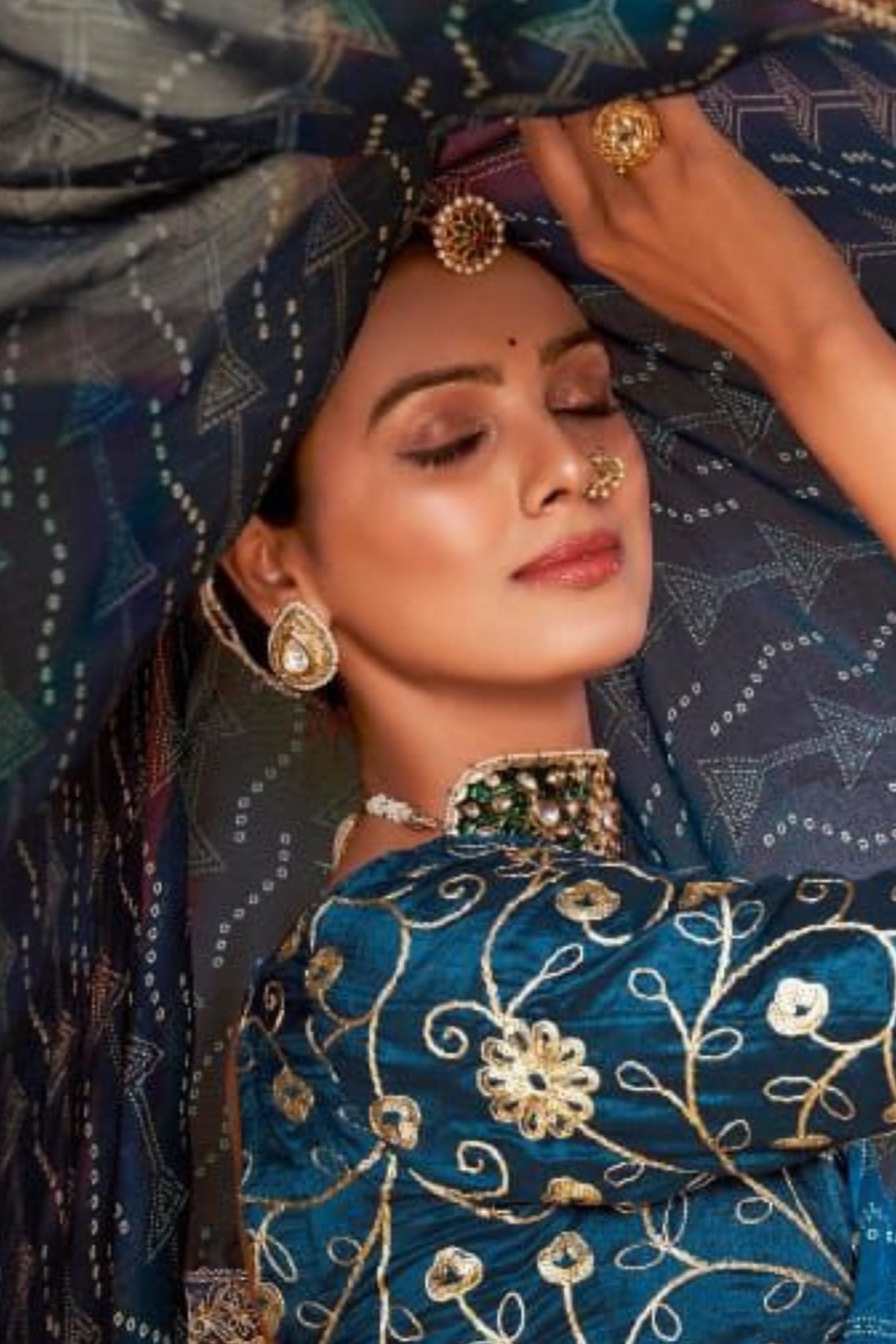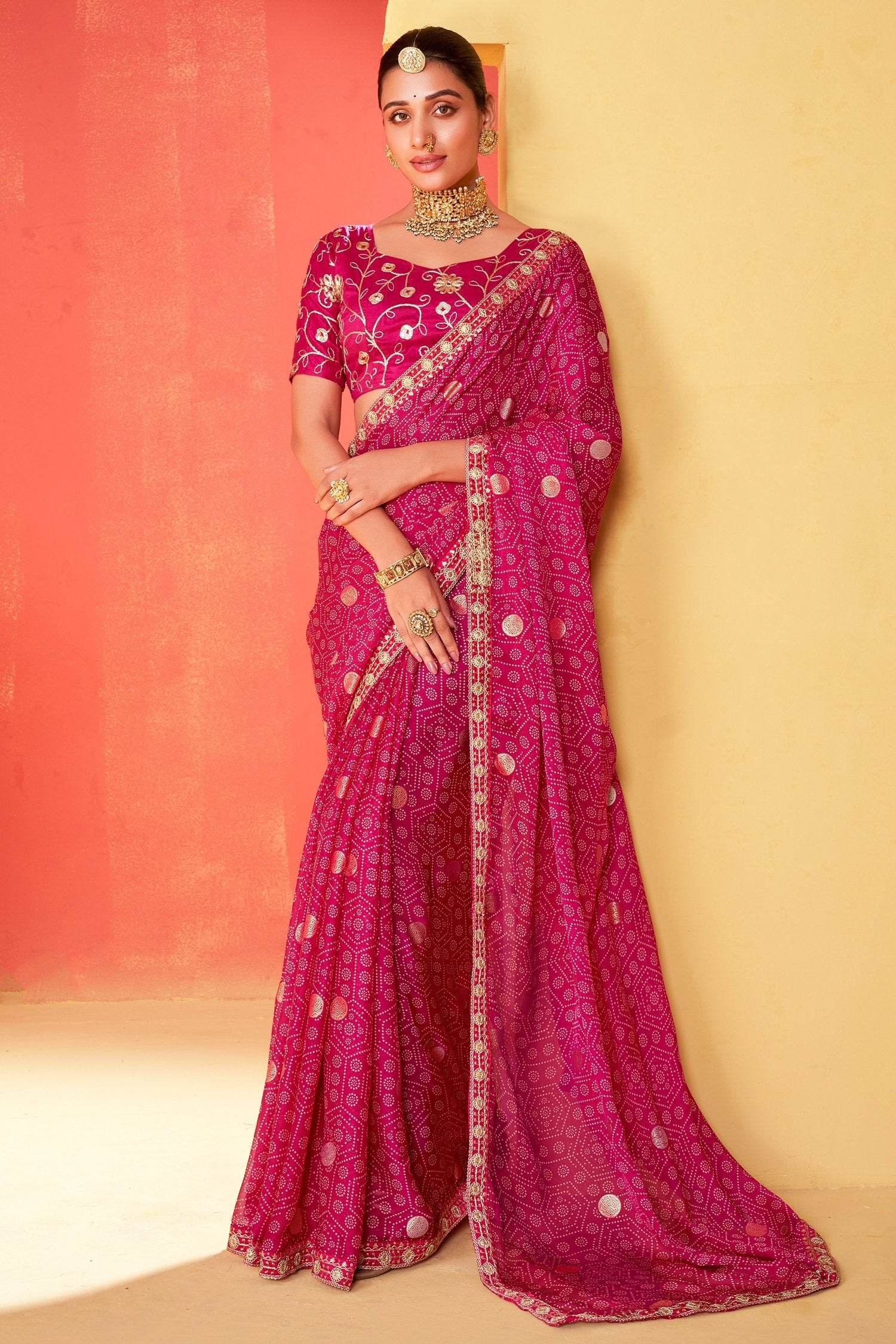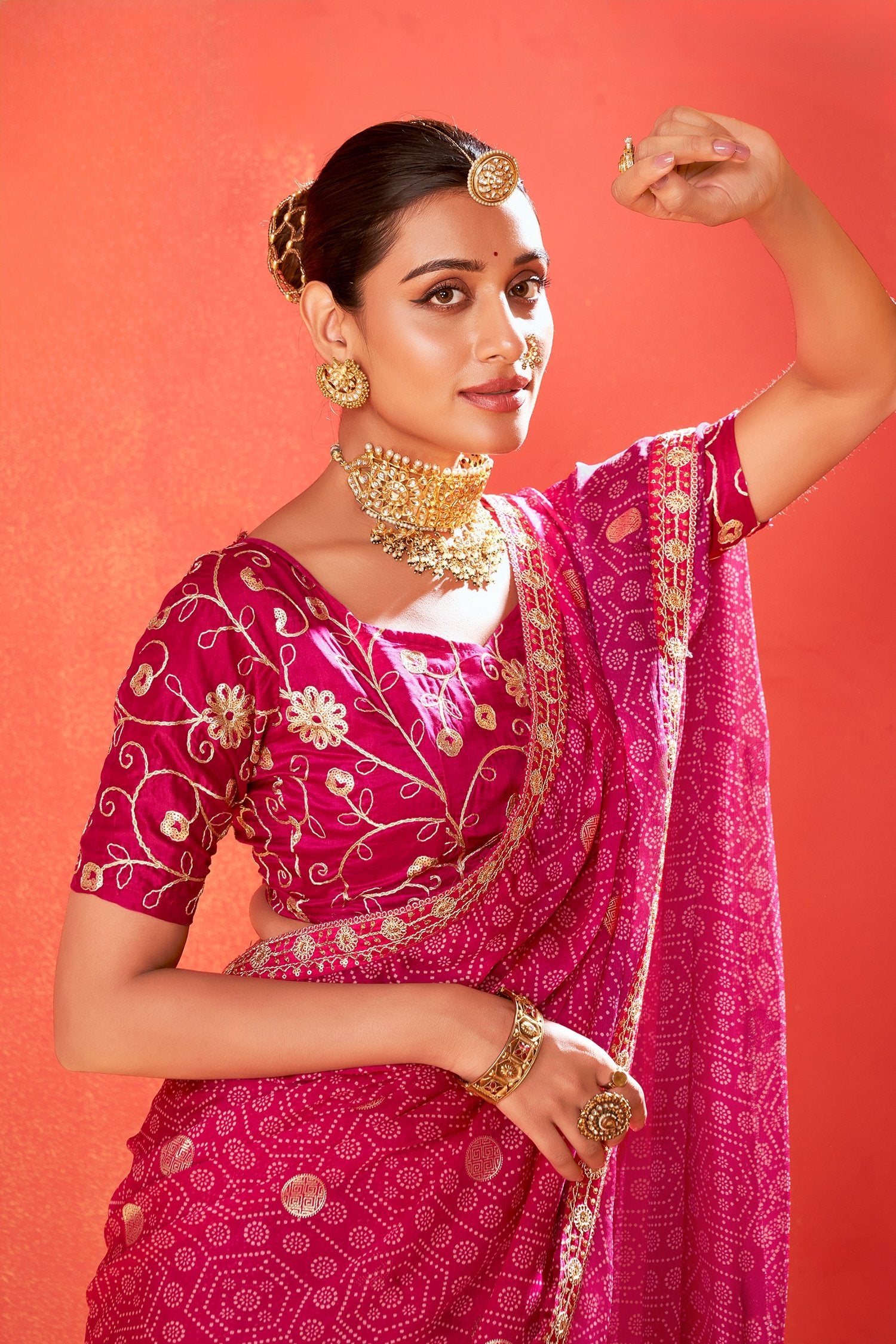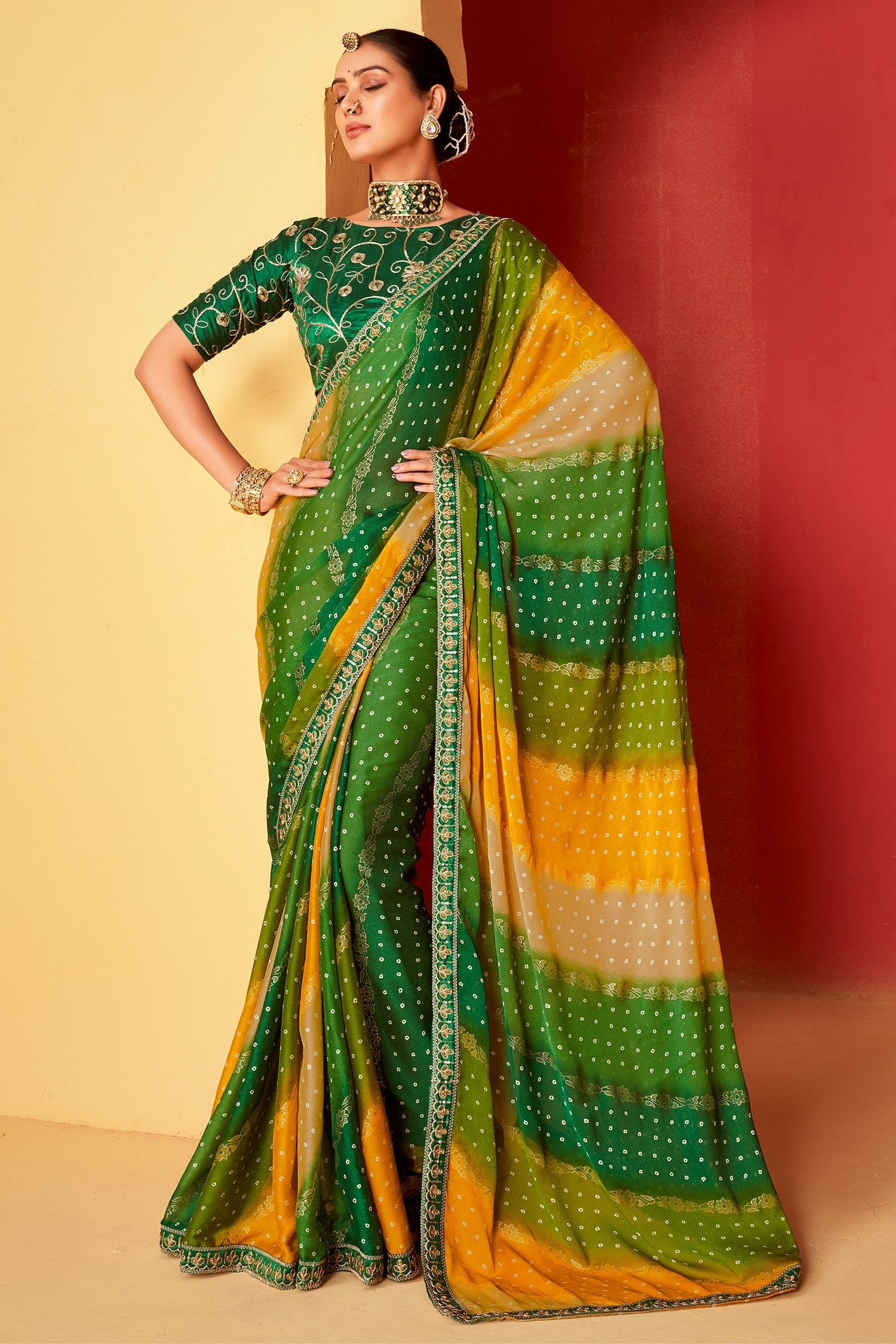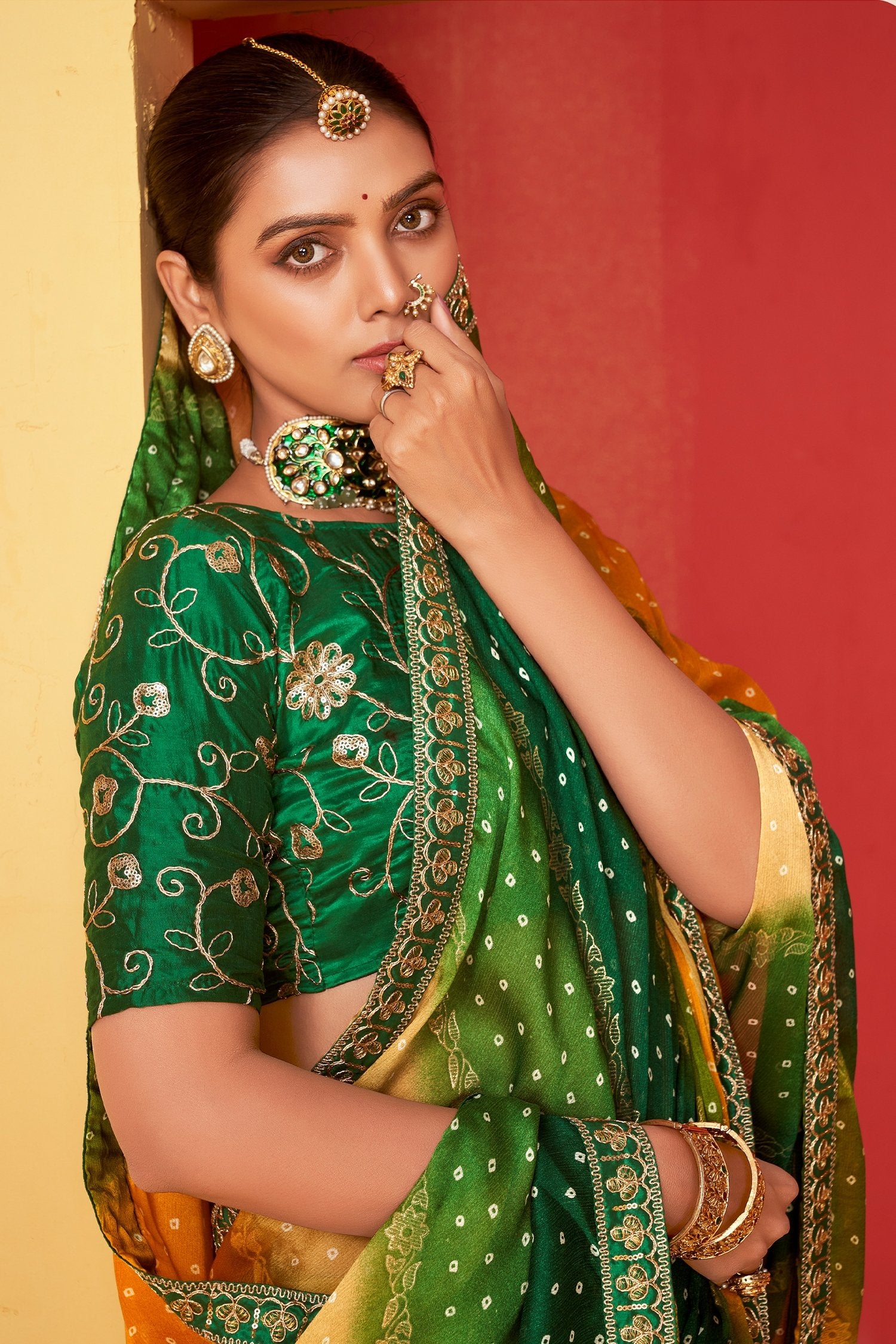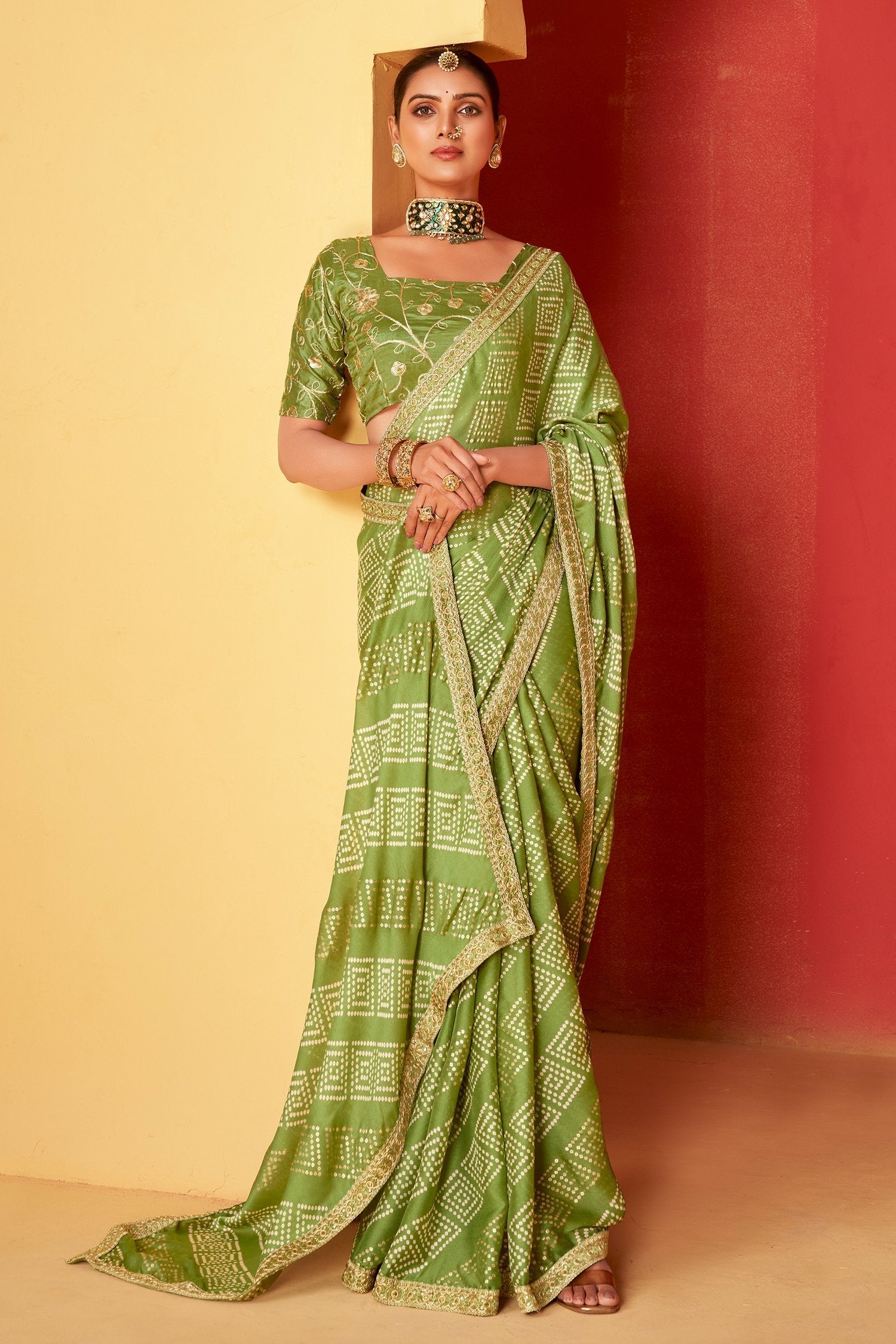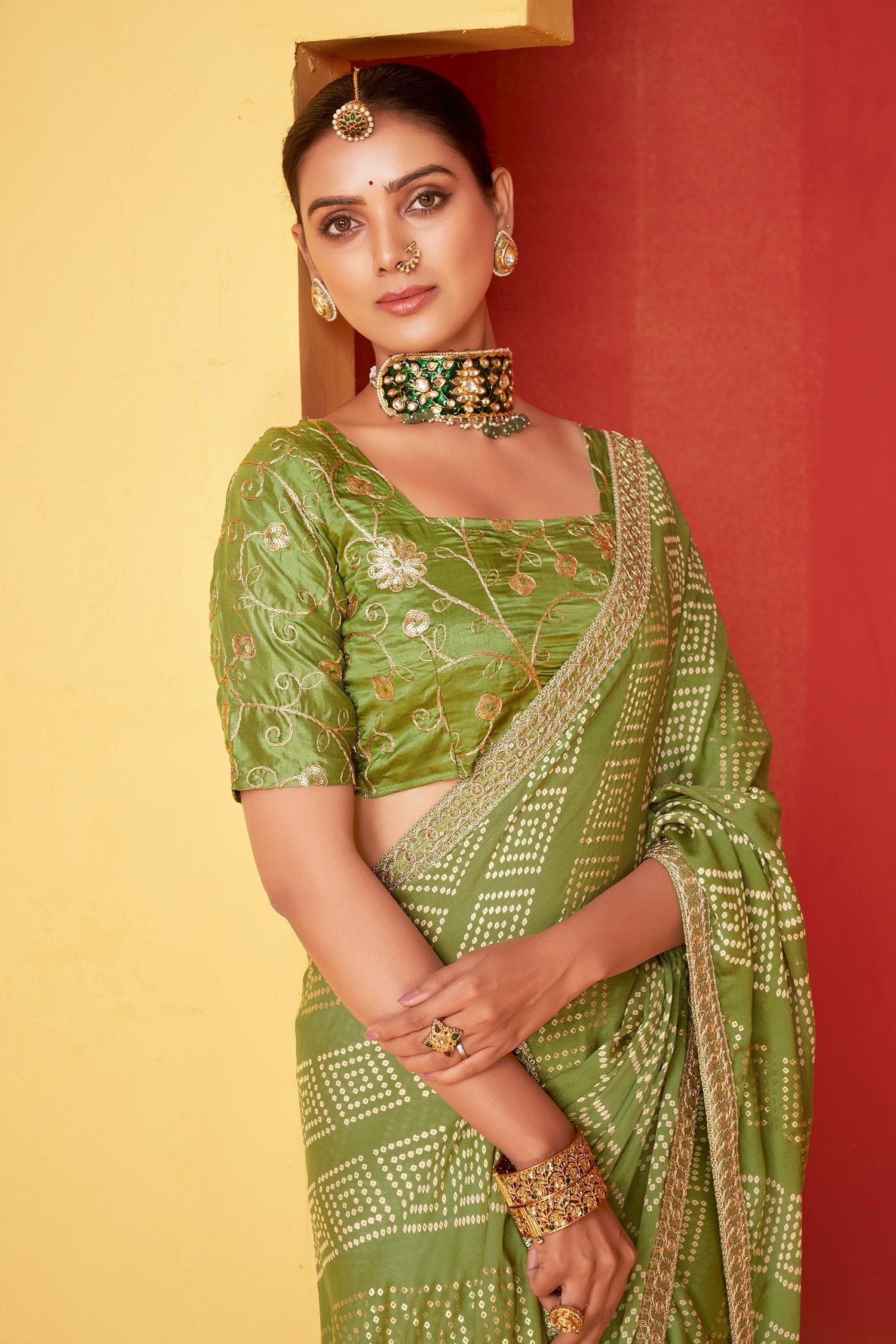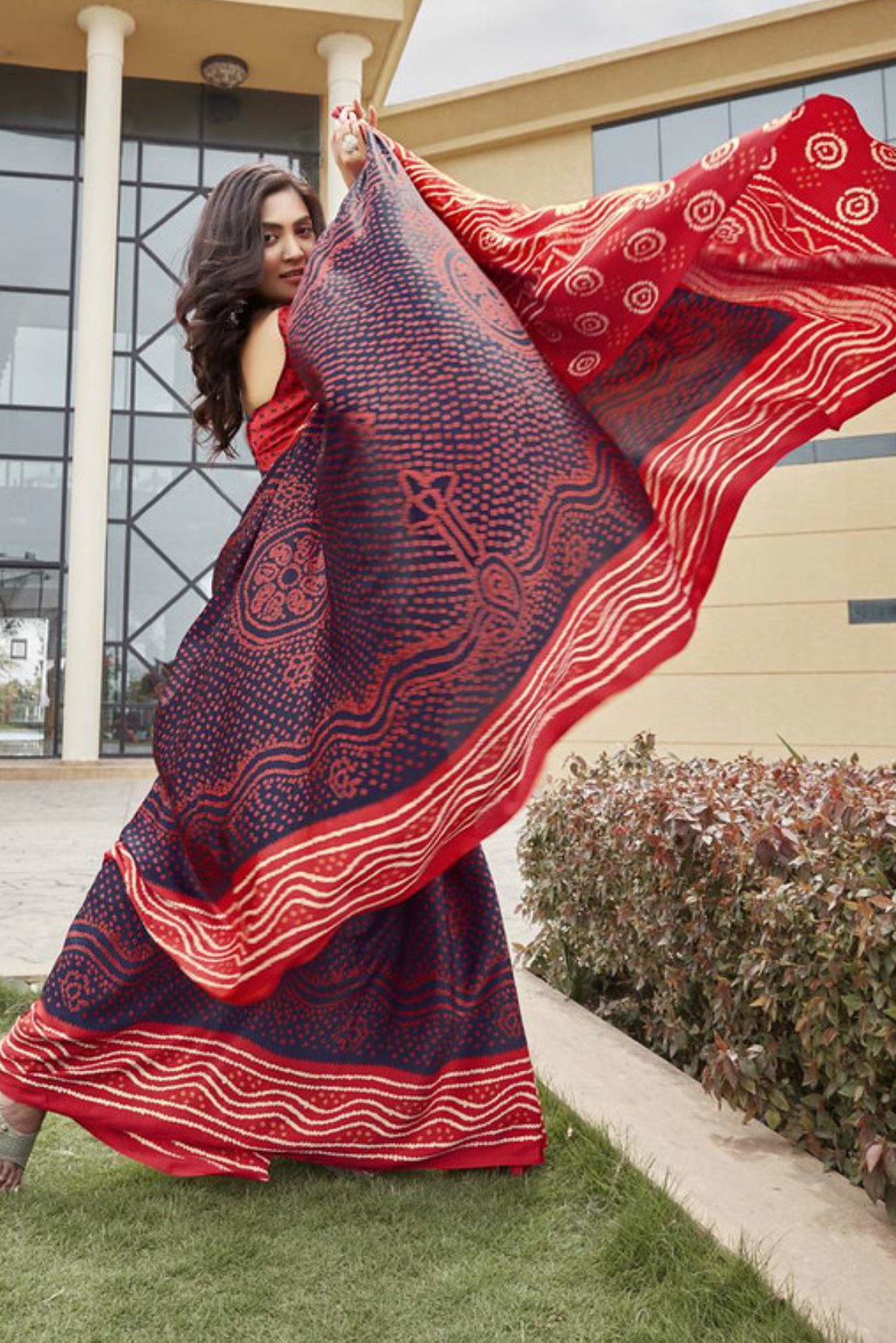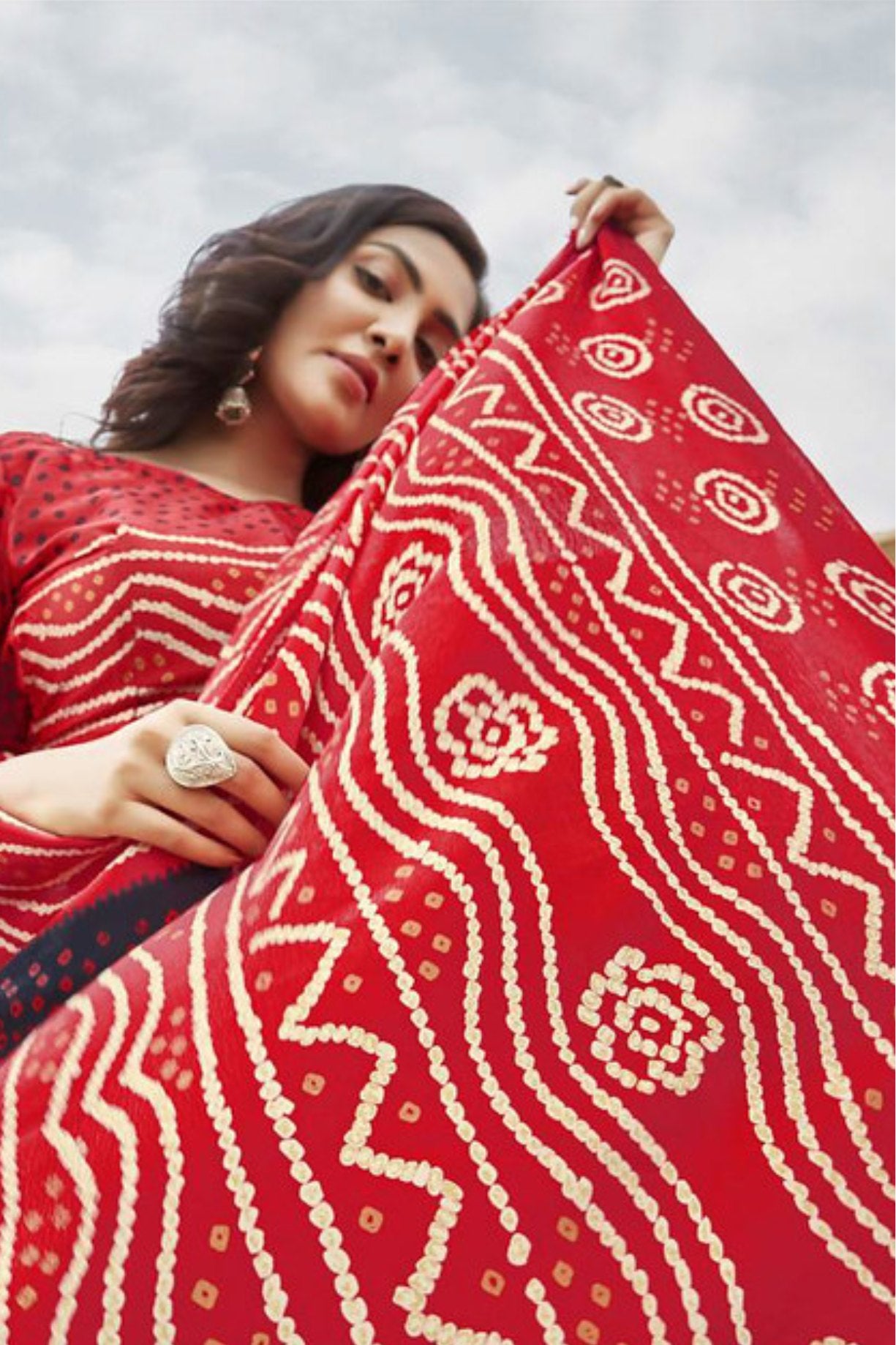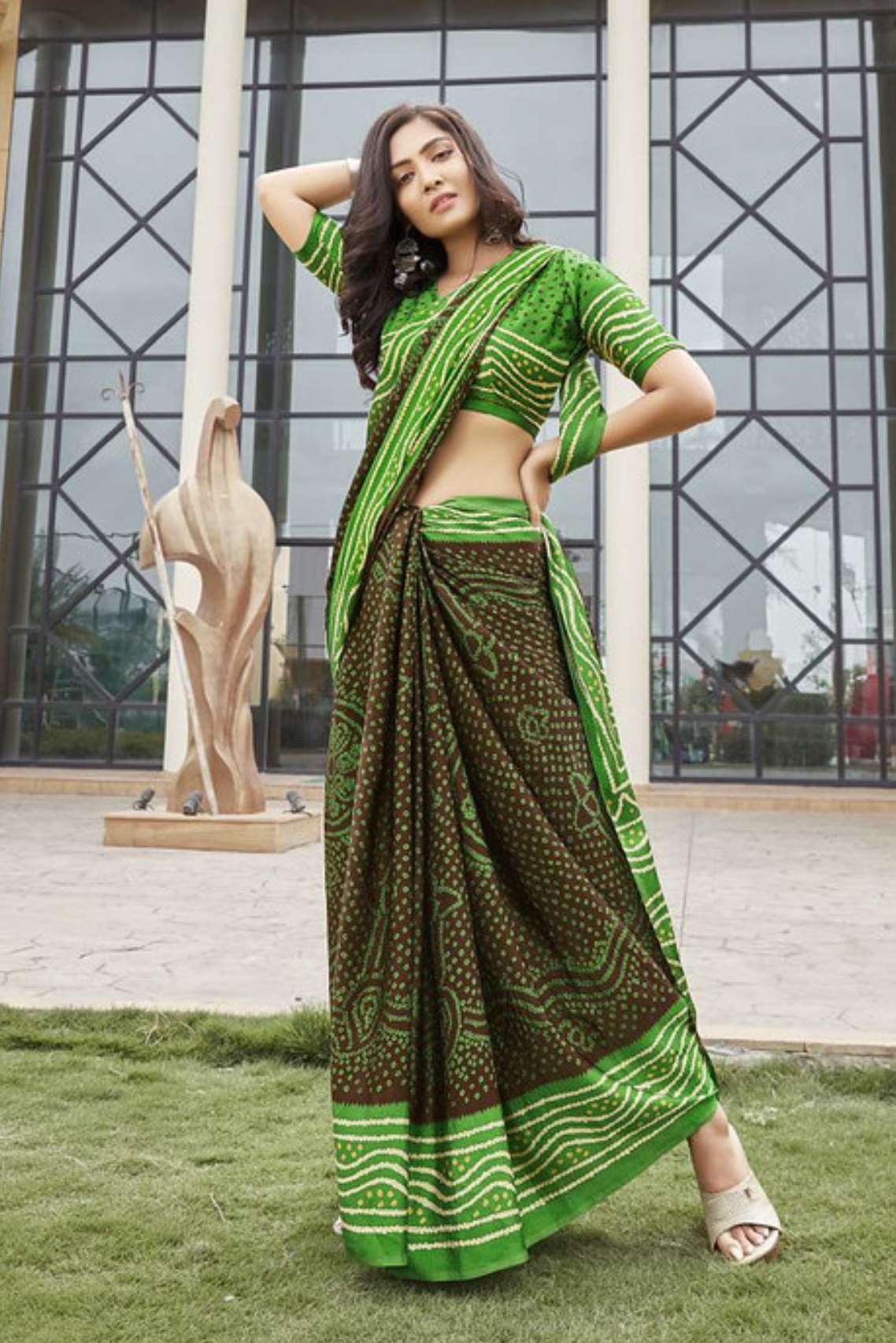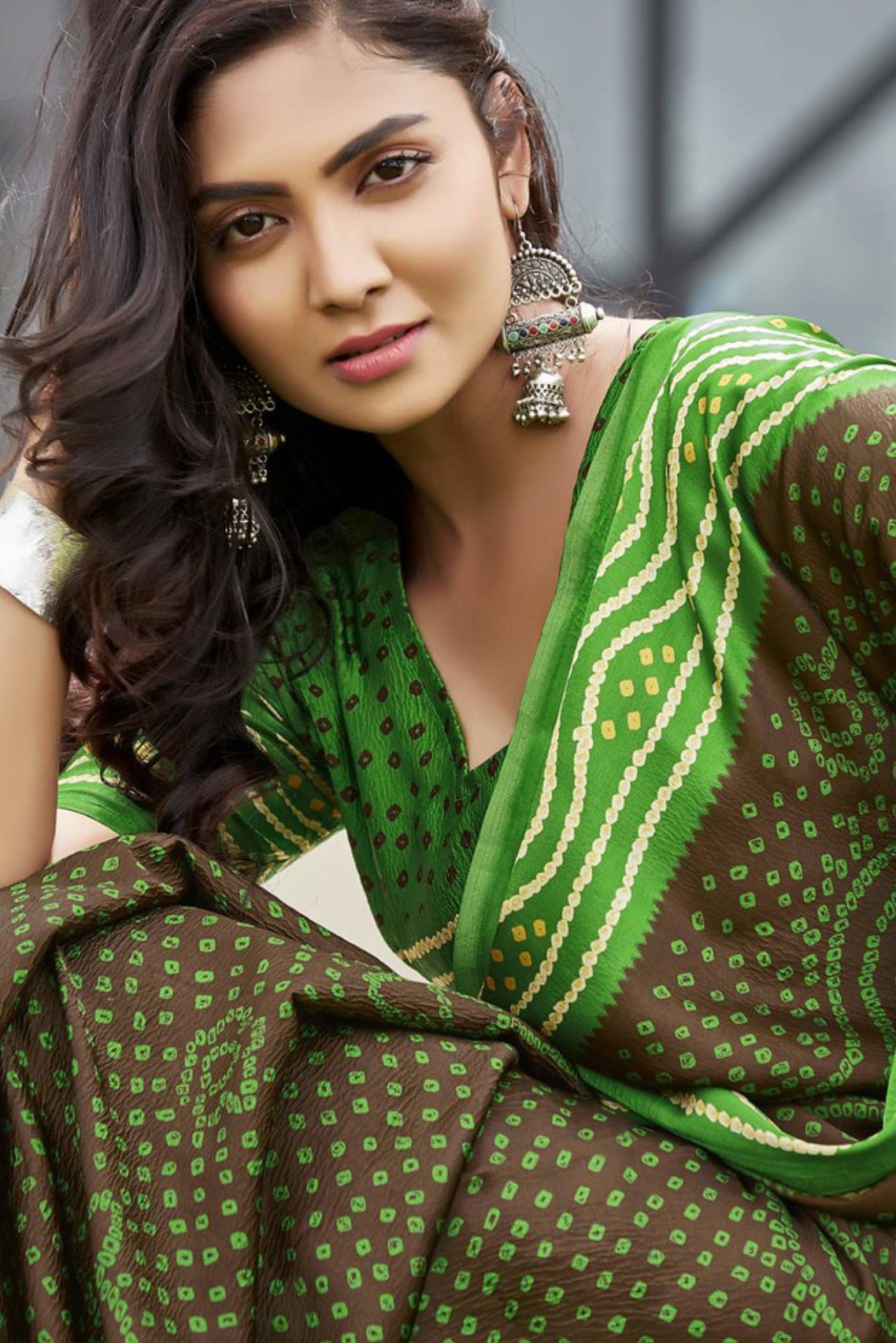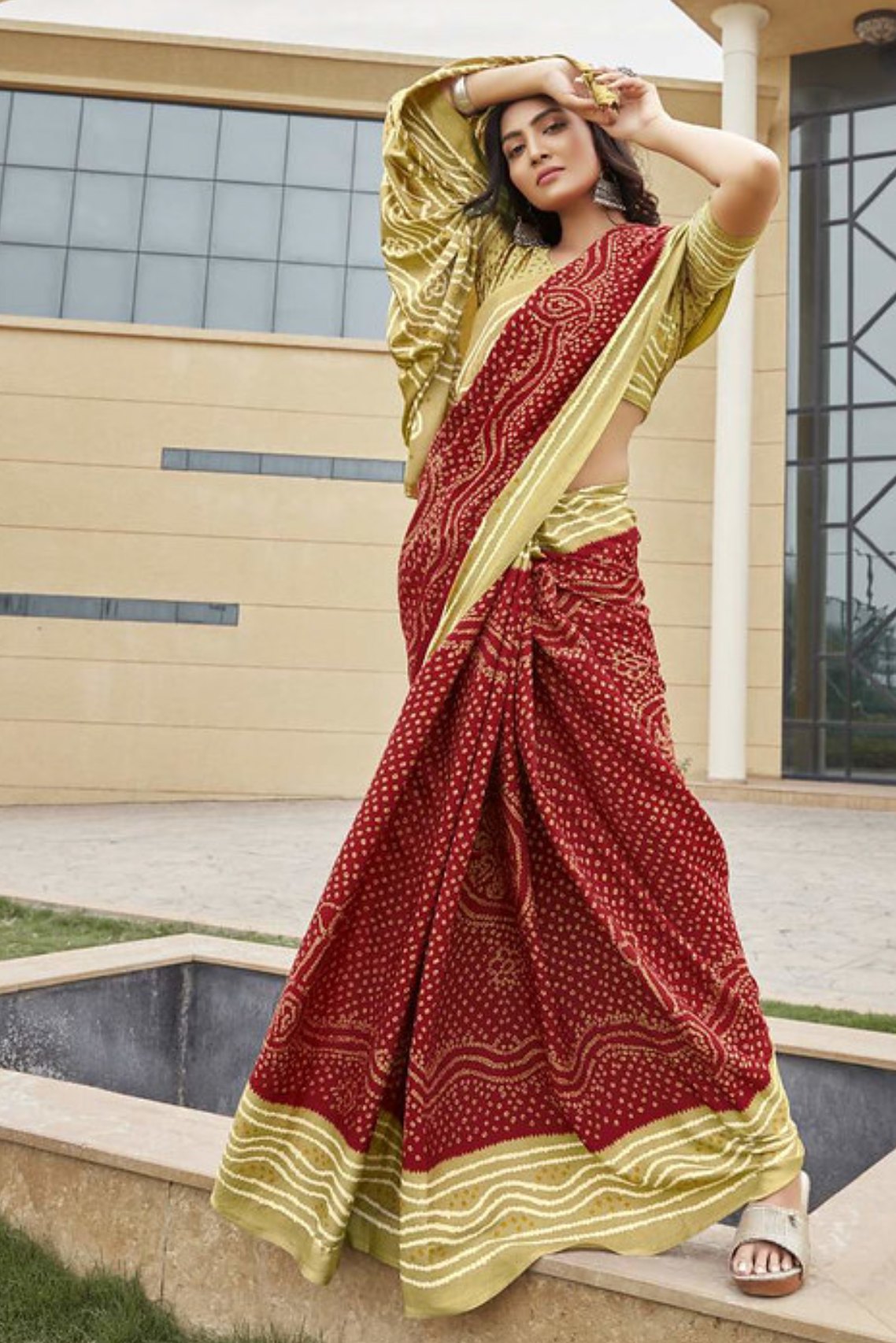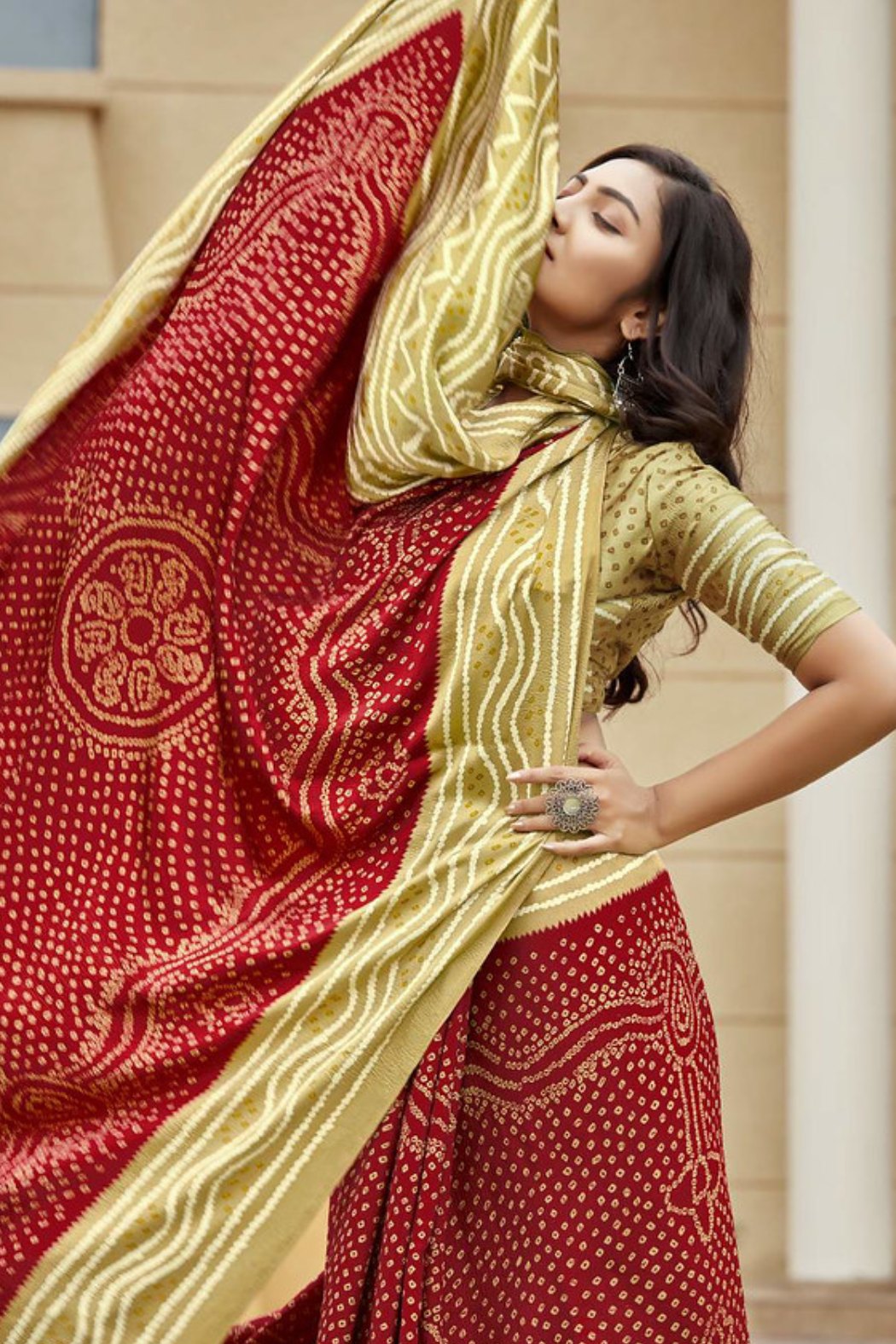Page 2 - Bandhani Sarees Collection
Sort by
79 products
Page 2 - Bandhani Sarees Price List
Explore our other collections
Sarees by weave type
Ajrakh Sarees | Banarasi Bandhani Saree | Banarasi Chiffon Saree | Banarasi Georgette Saree | Banarasi Katan Silk Saree | Banarasi Patola Saree | Banarasi Sarees | Banarasi Tissue Saree | Banarasi Tussar Silk Saree | Bhagalpuri Saree | Brasso Saree | Chanderi Sarees | Chiffon sarees | Chikankari Sarees | Cotton Sarees | Cotton Silk Saree | Crepe Fabric Saree | Designer Saree | Dola Silk Saree | Embroidery Sarees | Floral Saree | Floral Saree | Georgette Saree | Gujarati Saree | Hand Block Printed Sarees | Handloom Cotton Saree | Handloom Sarees | Ikat Sarees | Indo Western Saree | Ivory Banarasi Saree | Jamdani Sarees | Kalamkari Sarees | Kanjivaram Sarees | Kashmiri Sarees | Khaddi Georgette Saree | Khadi Saree | Kota Sarees | Latest Saree Designs | Lehariya Saree | Linen Sarees | Madhubani Sarees | Maharashtrian Saree | Maheshwari Sarees | Mul Mul Cotton Saree | Net Saree | Office Wear Saree | Organza Sarees | Paithani Sarees | Pashmina Sarees | Patola Sarees | Pattu Saree | Printed Sarees | Raw Silk Sarees | Ready To Wear Sarees | Satin Sarees | Sequin Sarees | Shimmer Saree | Silk Sarees | South Silk Sarees | Tissue Sarees | Tussar Sarees
Sarees by color
Beige Saree | Black Banarasi Saree | Black Net Saree | Black Sarees | Black Sequin Saree | Blue Banarasi Saree | Blue Sarees | Brown Banarasi Saree | Brown Sarees | Cream Saree | Cream Sarees | Golden Sarees | Green Banarasi Saree | Green Sarees | Grey Sarees | Lavender Saree | Maroon Sarees | Multicolor sarees | Navy Blue Sarees | Off White Saree | Orange Banarasi Saree | Orange Bandhani Saree | Orange Sarees | Peach Colour Sarees | Pink Banarasi Saree | Pink Sarees | Purple Banarasi Saree | Purple Sarees | Red Banarasi Saree | Red Sarees | Silver Colour Sarees | White Banarasi Saree | White Bridal Saree | White Sarees | Yellow Banarasi Saree | Yellow Sarees
Sarees by occasion
Bride | Cocktail | Engagement | Haldi | Mehendi | Onam Saree | Party Wear Sarees | Reception Sarees | Sangeet | Sarees for Farewell | Summer Sarees | Wedding Edit
Dresses and lehengas
Dresses | Dresses and Salwar suits | Lehenga | Salwar Suit & Dresses
Bandhani Sarees Reviews
MySilkLove Assured
Buy with confidence
Direct from Manufacturers
No middlemen involved
Satisfied or refunded
Amount is refunded if you don't like the product.
Good quality fabric
Perfect finish, stain free products
Sustainable
Ethical manufacturing, fair wages for labours.

